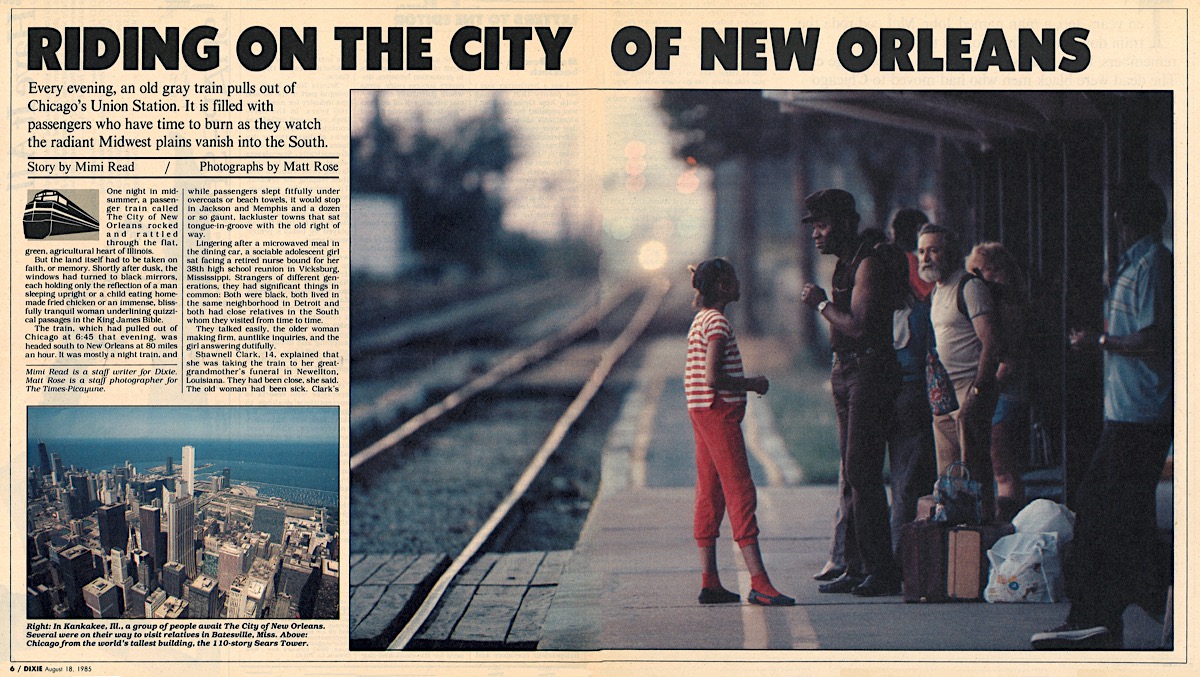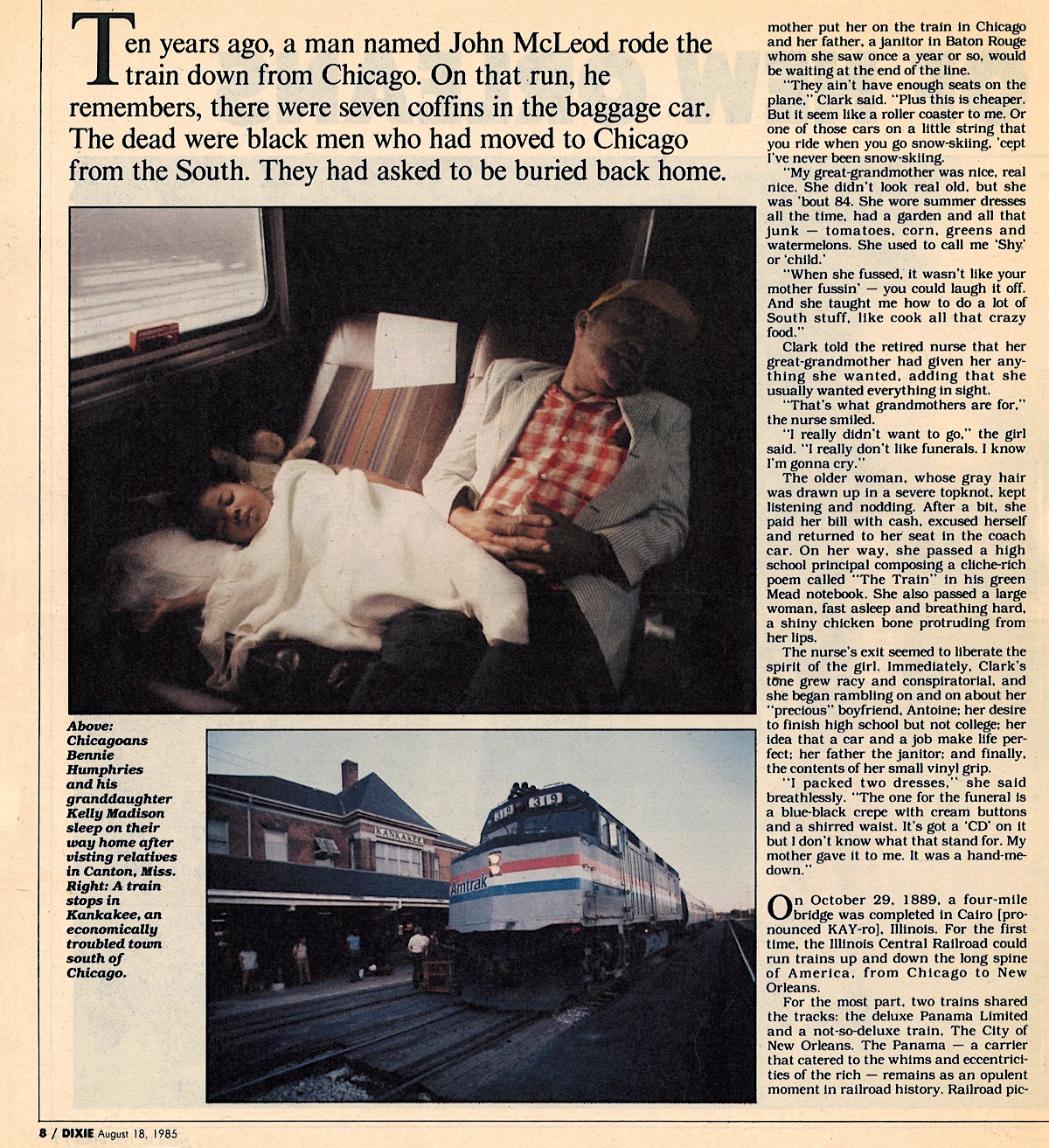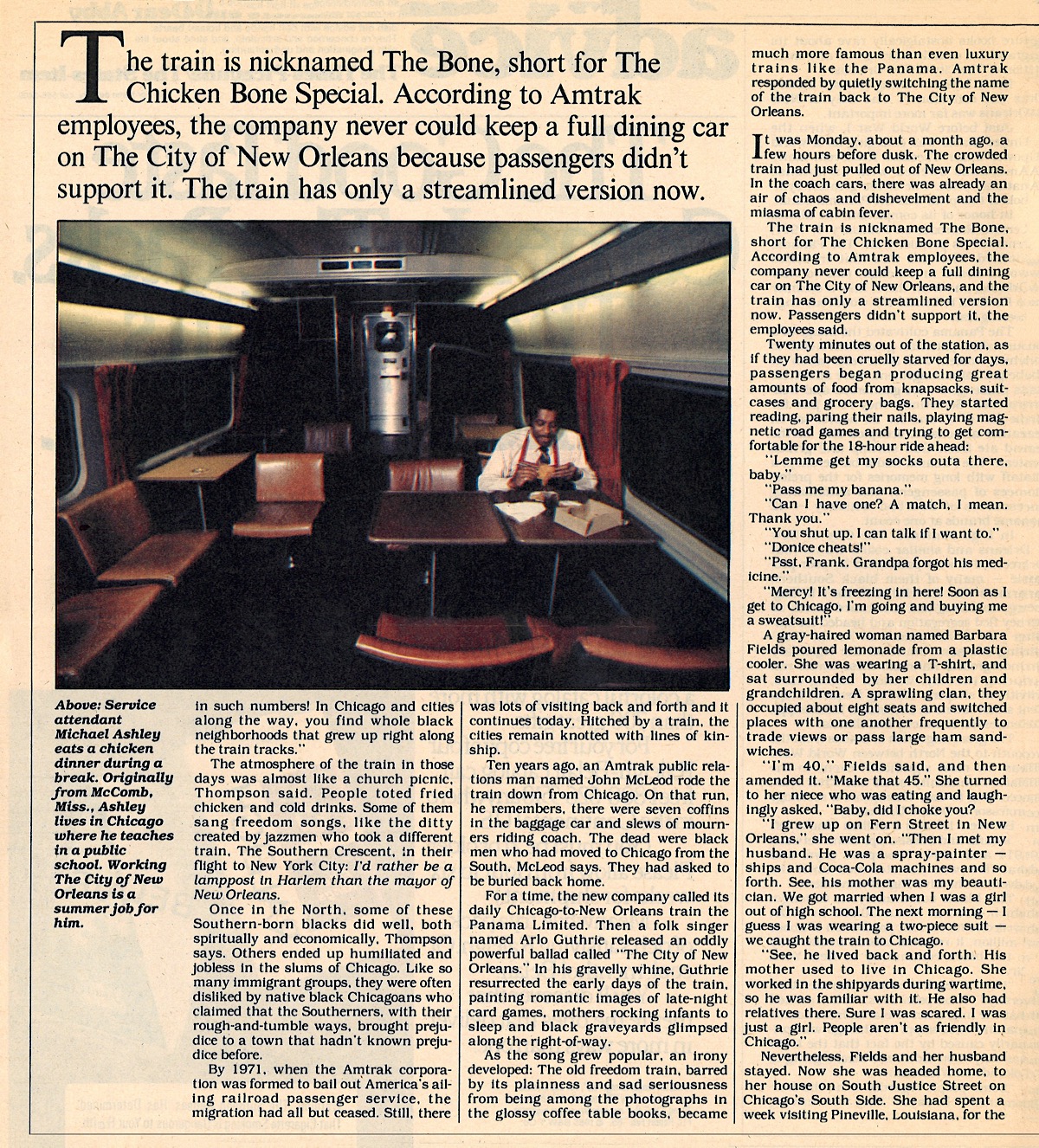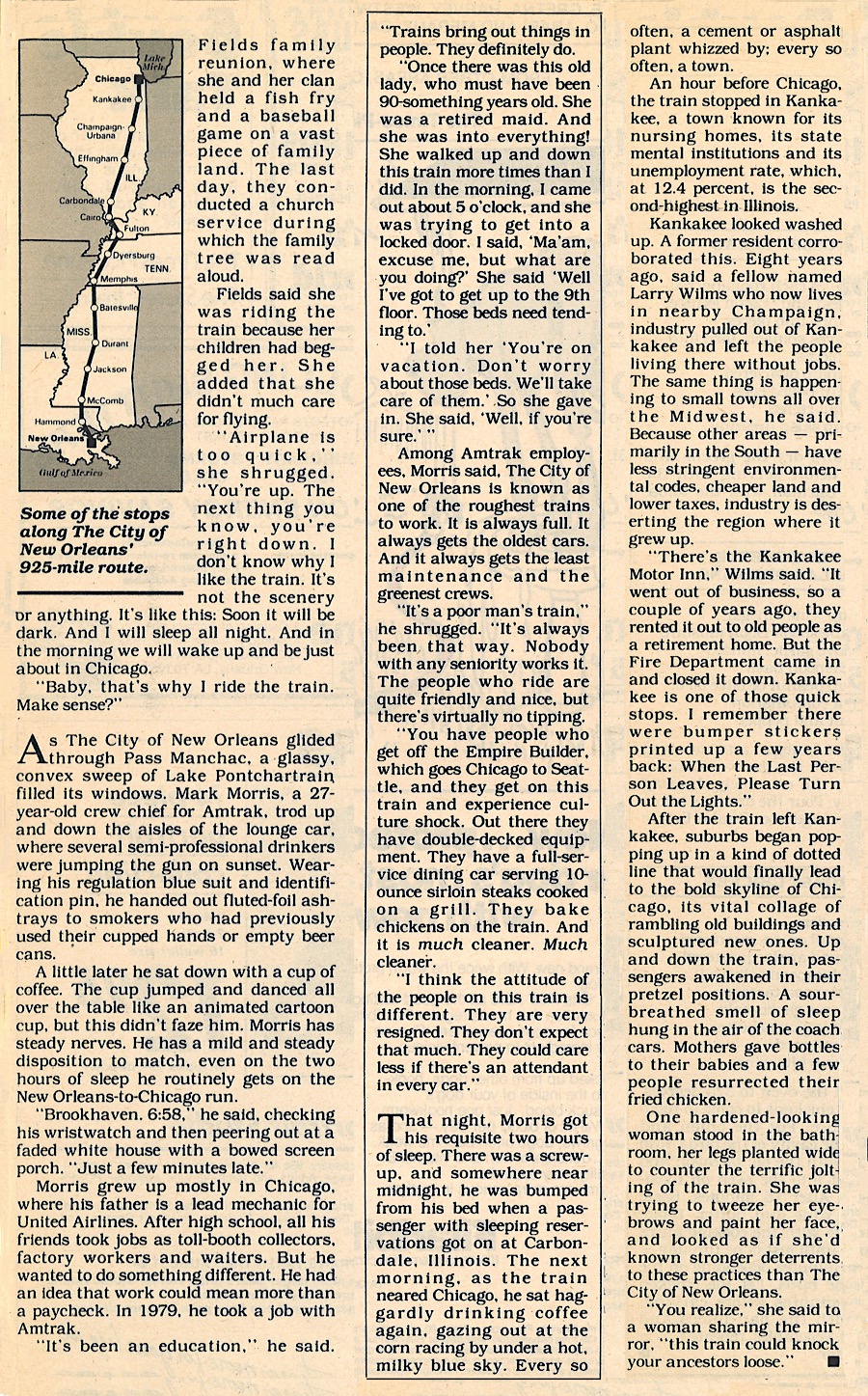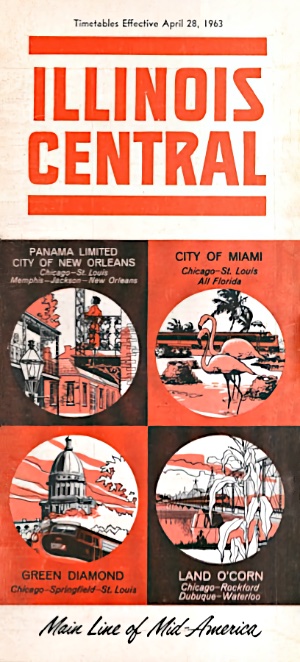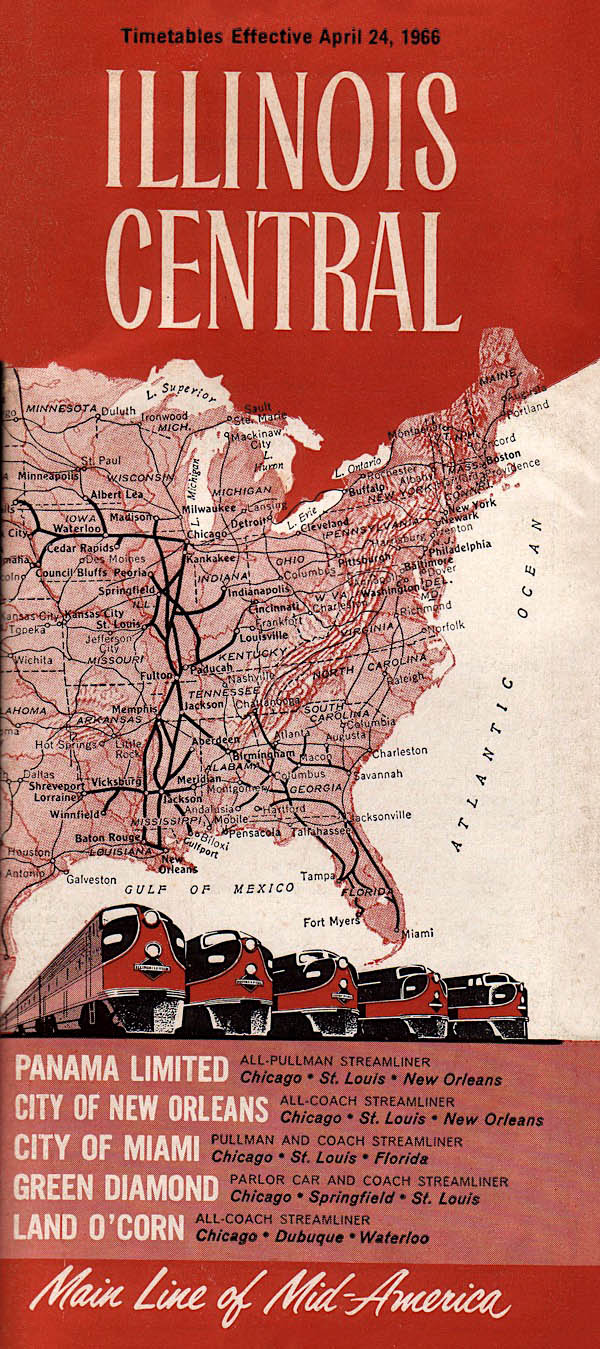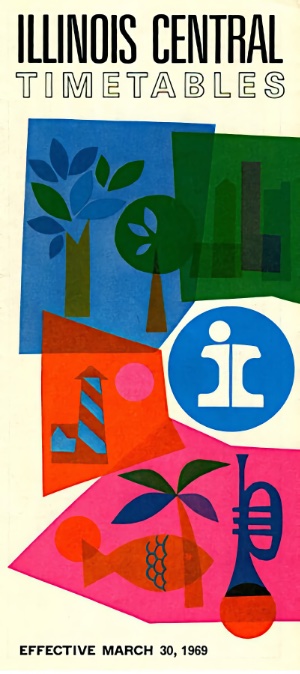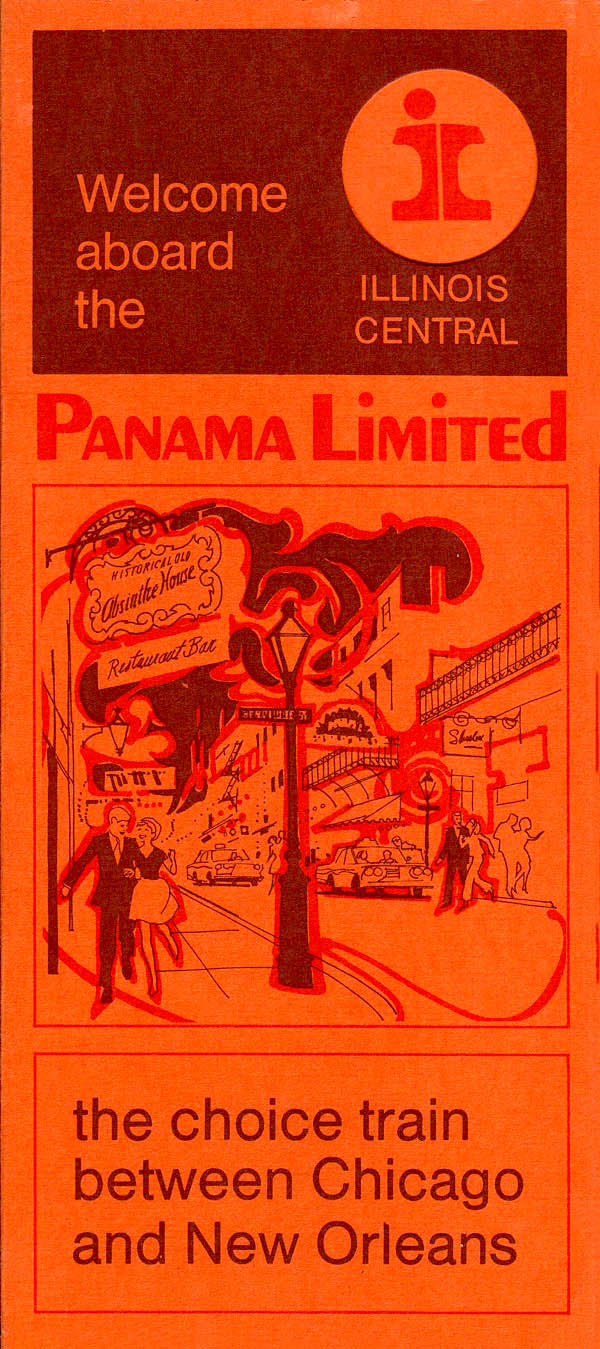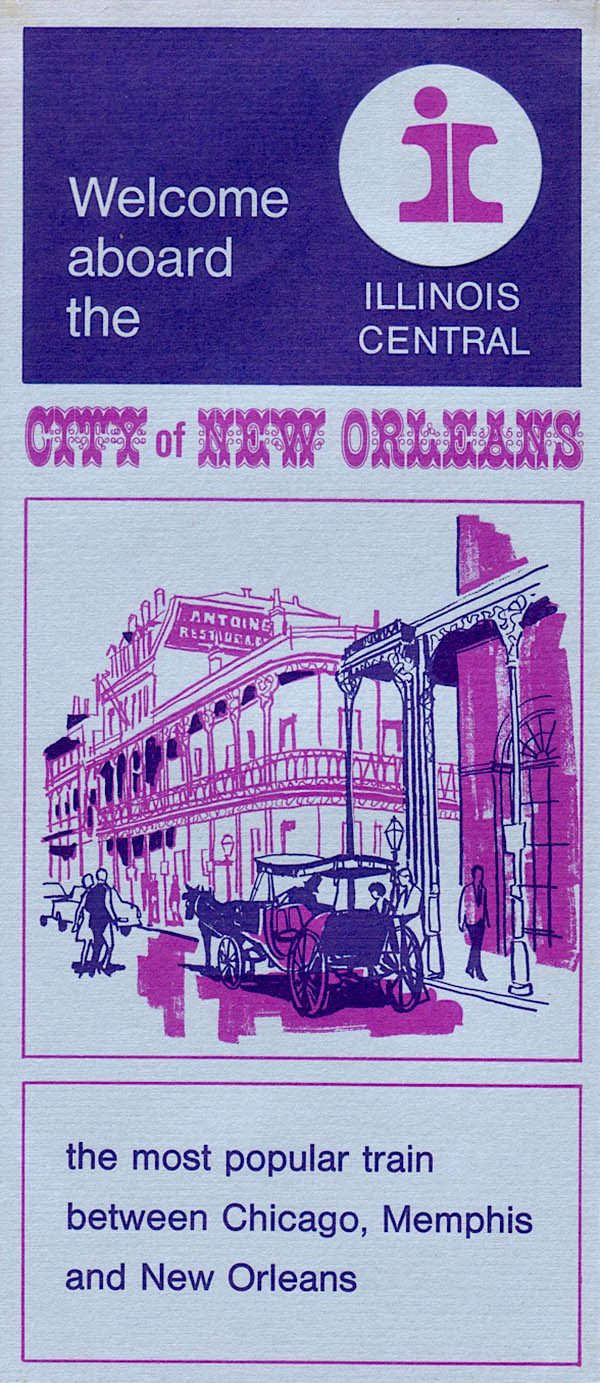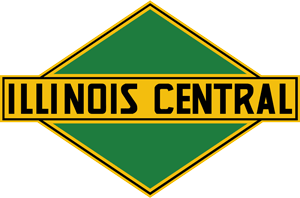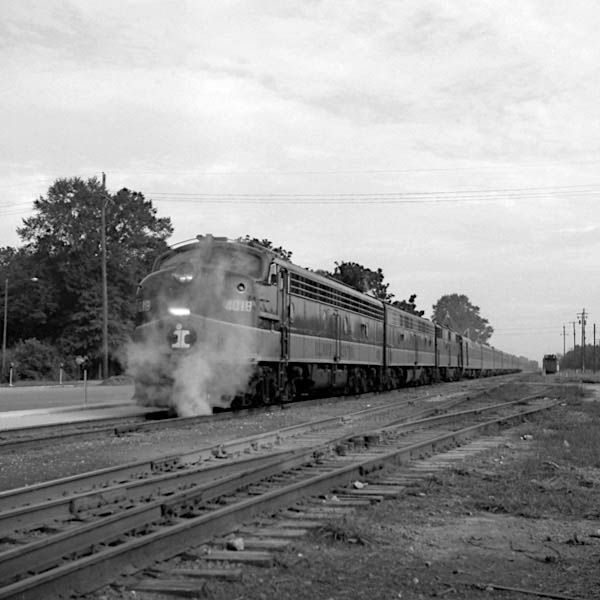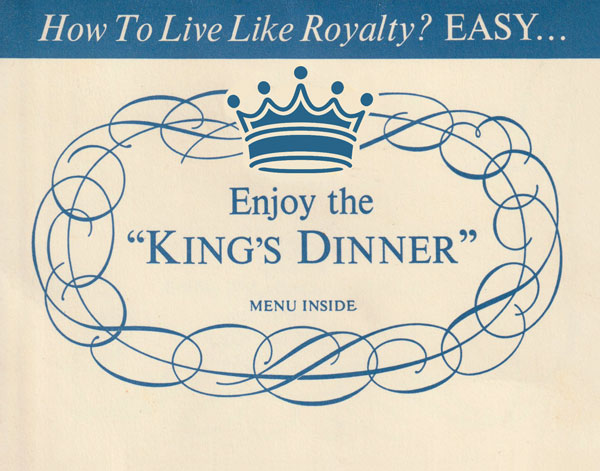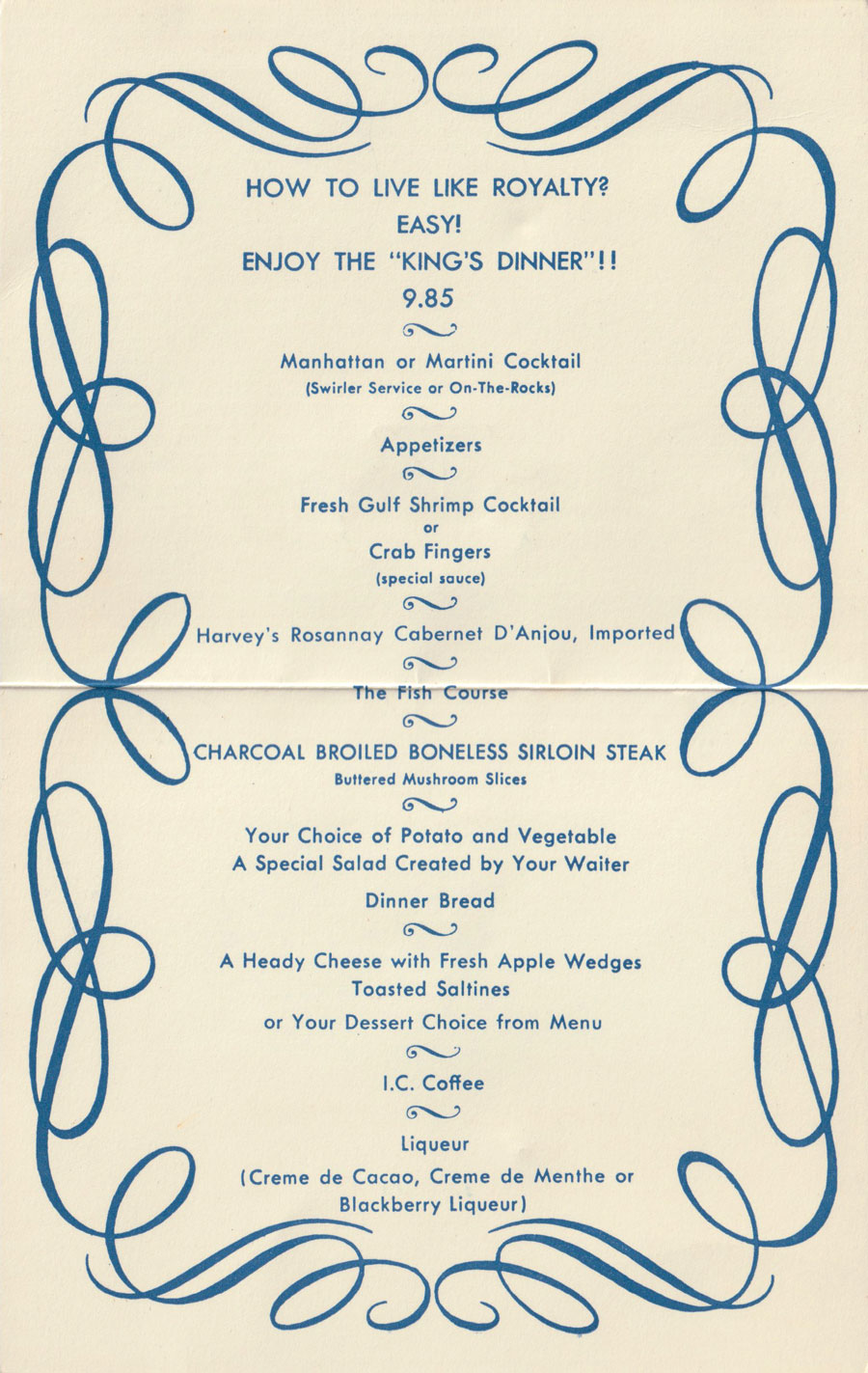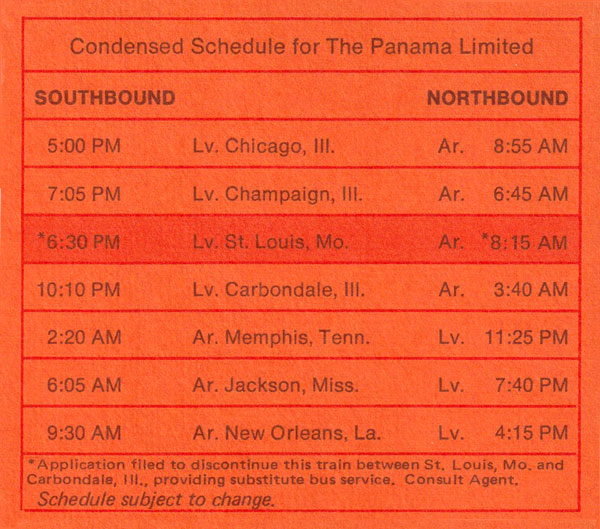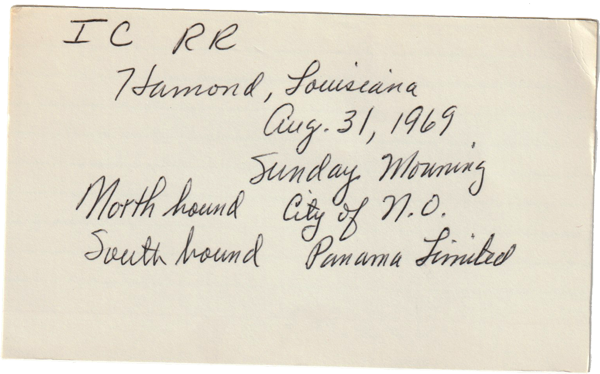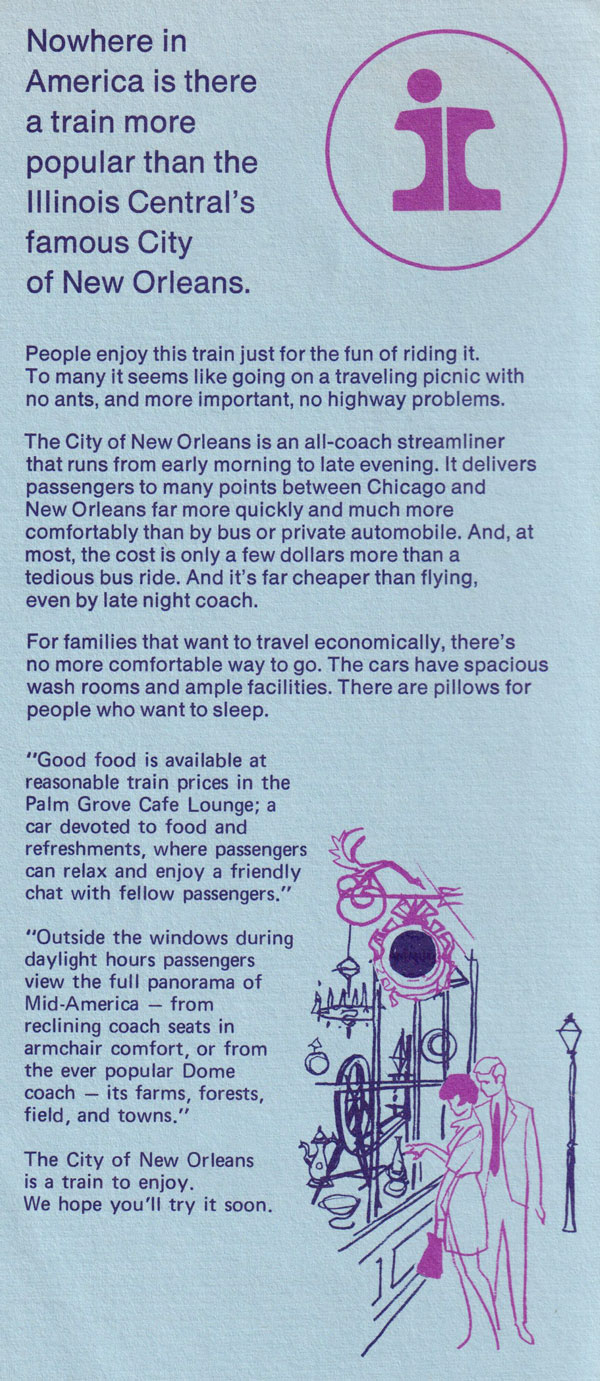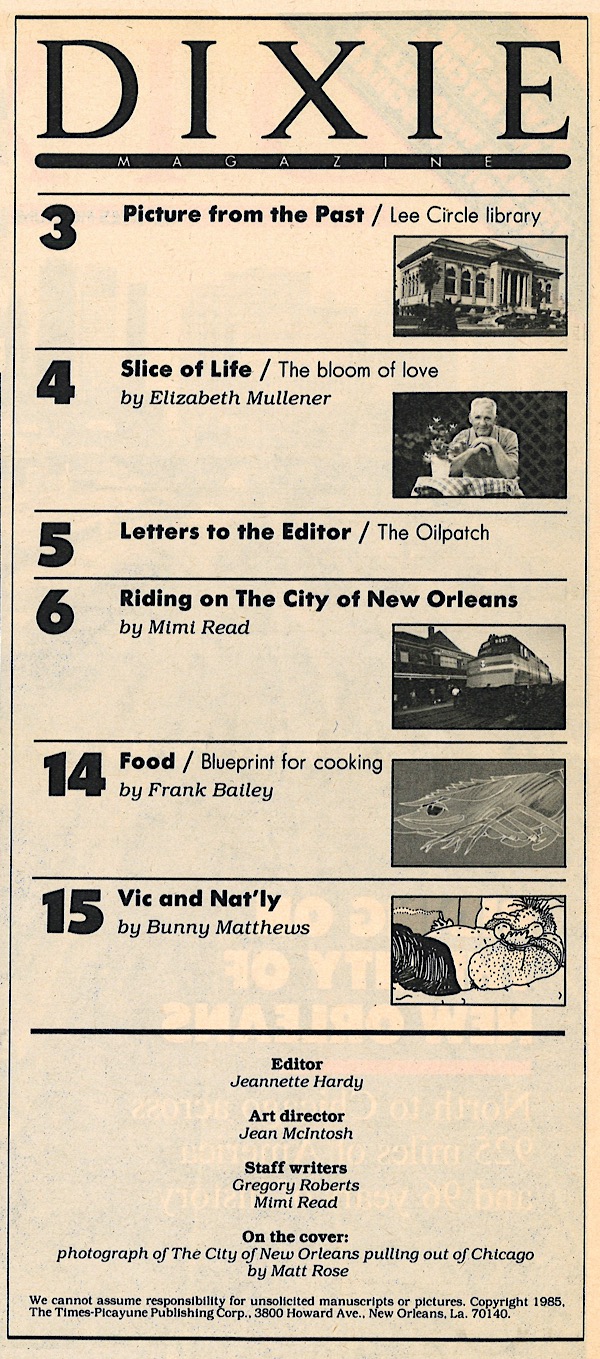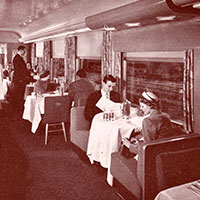 |
Illinois Central Passenger Trains |
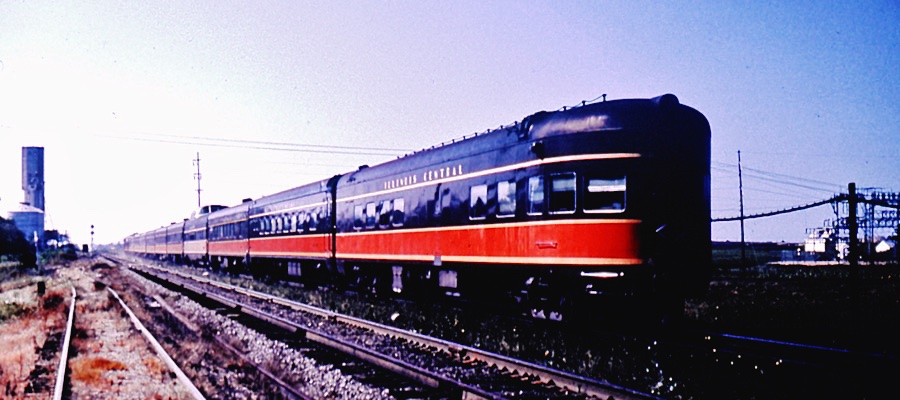
collection
 Panama Limited
Panama Limited

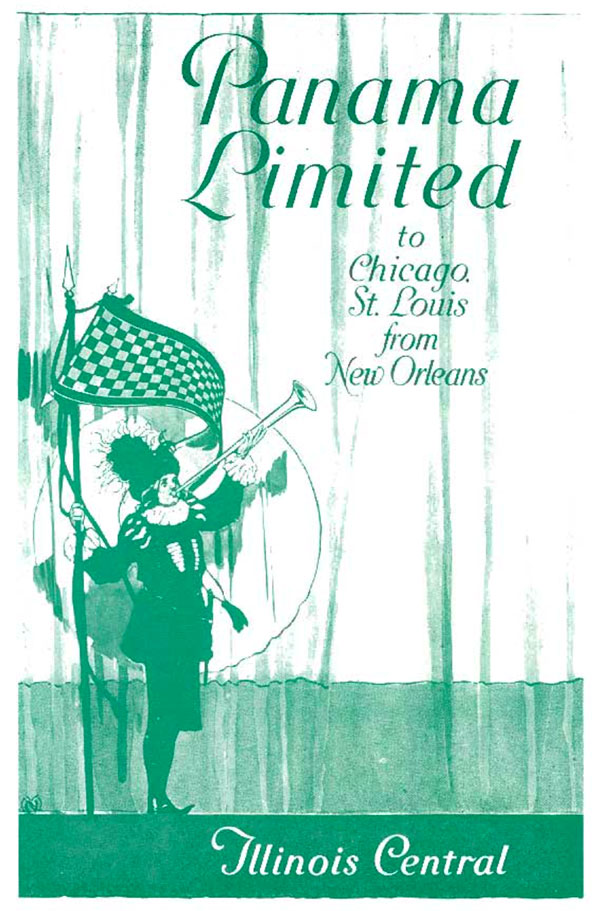
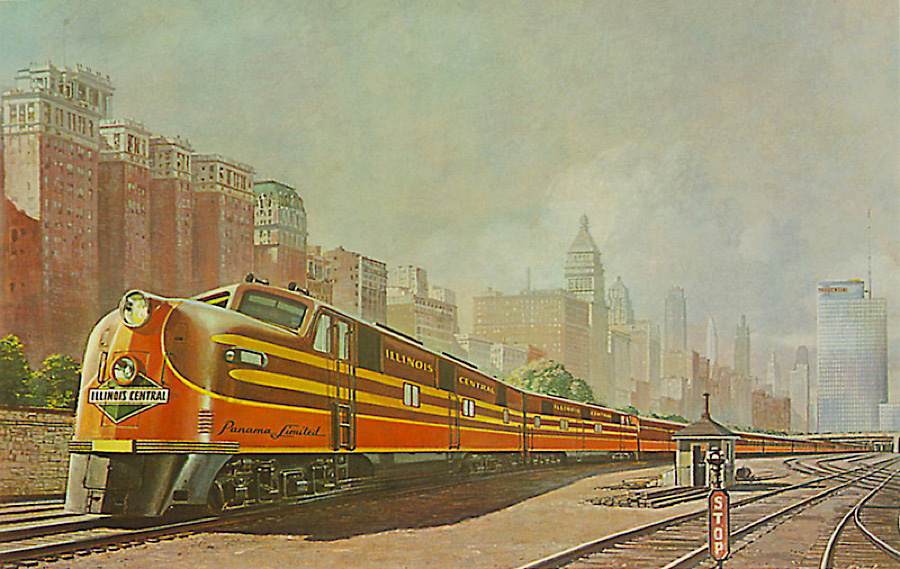
postcard / collection

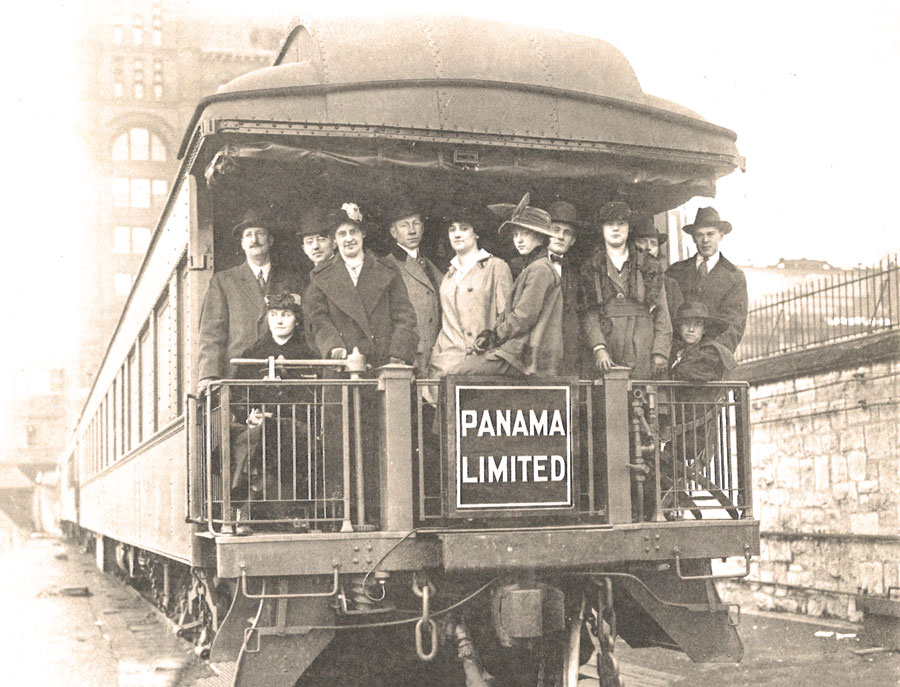
from Monarchs of Mid-America - Prototype Publishing / collection
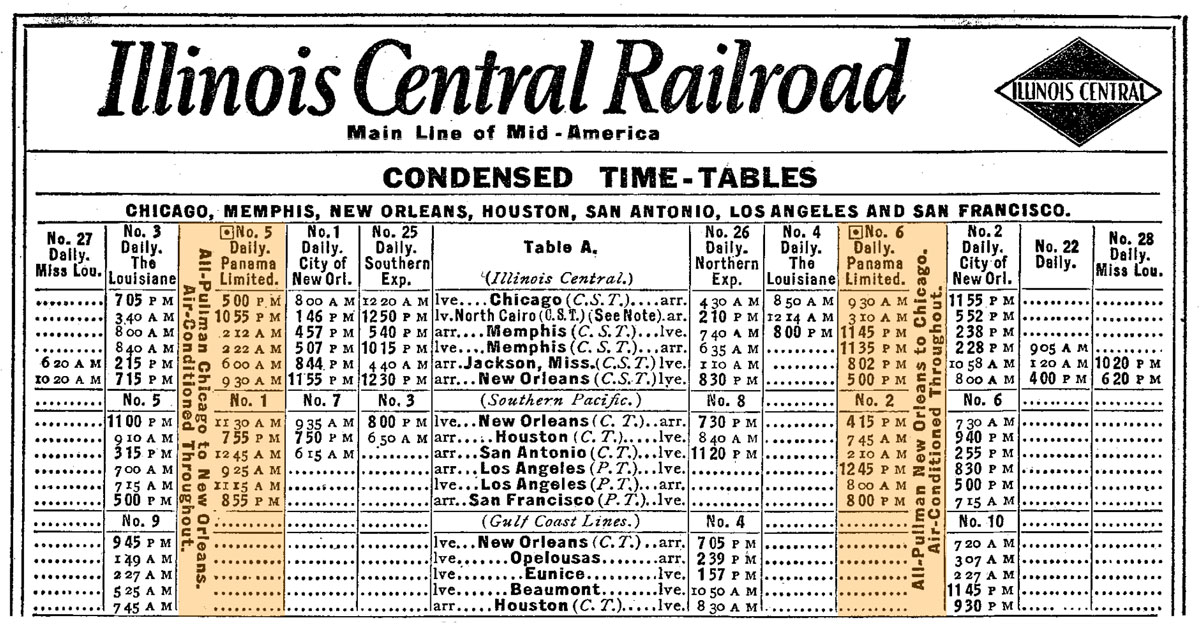
1948 Official Guide ad / collection
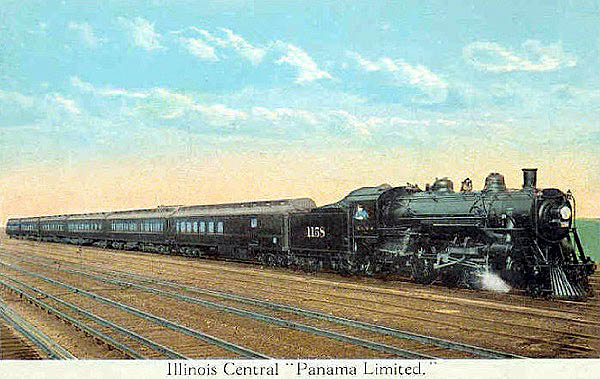 The Panama Limited was a passenger train operated from 1911 to 1971 between Chicago, Illinois, and New Orleans, Louisiana. The flagship train of the Illinois Central Railroad, it took its name from the Panama Canal, which in 1911 was three years from completion. For most of its career, the train was "all-Pullman", carrying sleeping cars only. The Panama Limited was one of many trains discontinued when Amtrak began operations in 1971, though Amtrak revived the name later that year and continued it until 1981.
The Panama Limited was a passenger train operated from 1911 to 1971 between Chicago, Illinois, and New Orleans, Louisiana. The flagship train of the Illinois Central Railroad, it took its name from the Panama Canal, which in 1911 was three years from completion. For most of its career, the train was "all-Pullman", carrying sleeping cars only. The Panama Limited was one of many trains discontinued when Amtrak began operations in 1971, though Amtrak revived the name later that year and continued it until 1981.
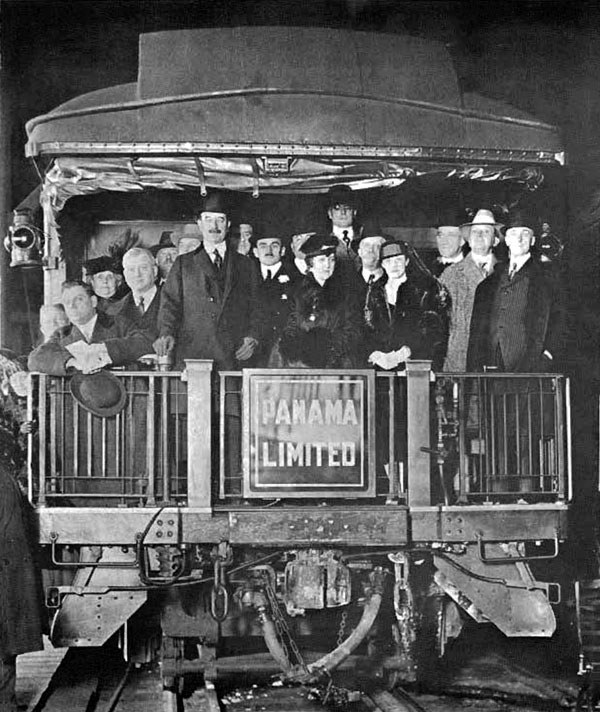 The Panama Limited maintained a high level of service until the Amtrak era. It was noted for its dining car service, with a first-rate culinary staff and creole fare in the Vieux Carre-themed dining cars, a service which the Illinois Central marketed heavily. A well-known multi-course meal on the Panama Limited was the "Kings Dinner," for about $10; other deluxe, complete meals such as steak or lobster, including wine or cocktail, were priced around $4 to $5. In 1952, the Illinois Central acquired several 2-unit 175-foot dining cars from the Chesapeake & Ohio Railroad which it used on the Panama. With the Pennsylvania's Broadway Limited, it was one of the last two all-Pullman trains in the United States.
The Panama Limited maintained a high level of service until the Amtrak era. It was noted for its dining car service, with a first-rate culinary staff and creole fare in the Vieux Carre-themed dining cars, a service which the Illinois Central marketed heavily. A well-known multi-course meal on the Panama Limited was the "Kings Dinner," for about $10; other deluxe, complete meals such as steak or lobster, including wine or cocktail, were priced around $4 to $5. In 1952, the Illinois Central acquired several 2-unit 175-foot dining cars from the Chesapeake & Ohio Railroad which it used on the Panama. With the Pennsylvania's Broadway Limited, it was one of the last two all-Pullman trains in the United States.
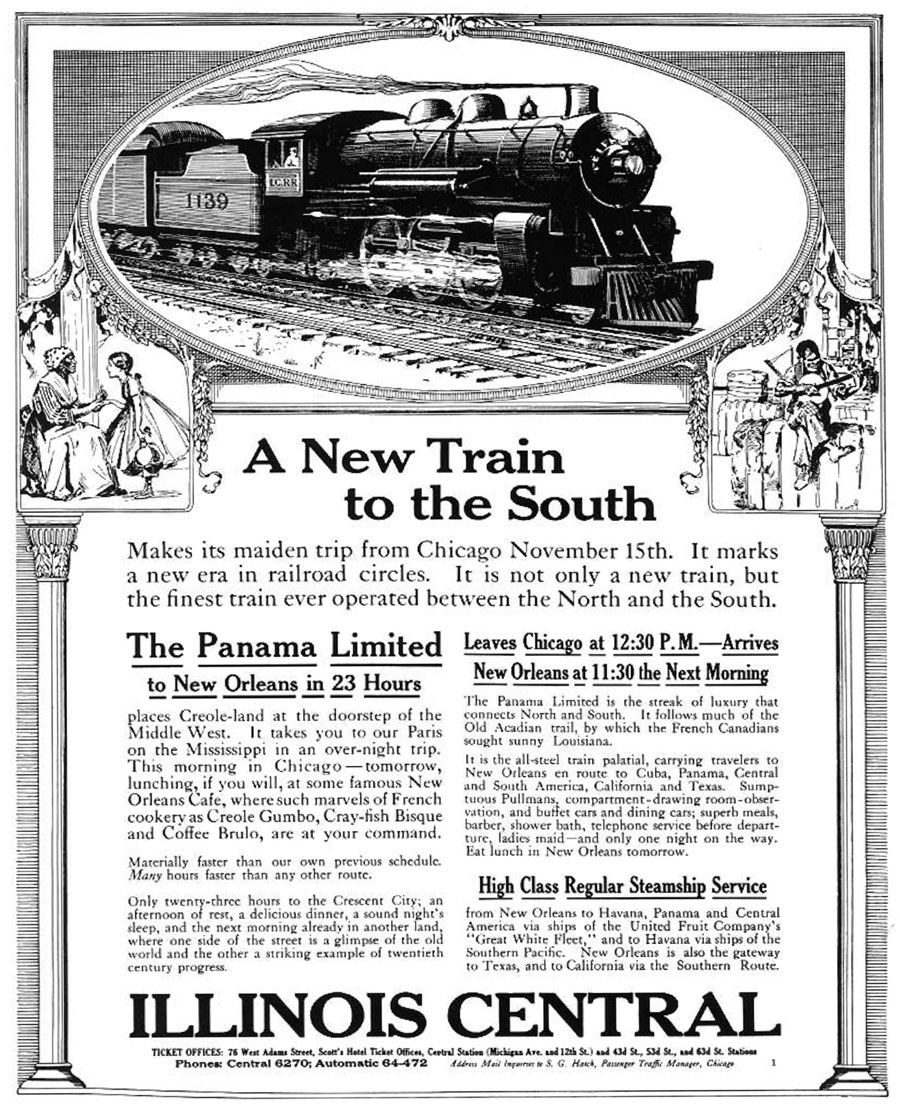
1916 Panama Limited ad / collection
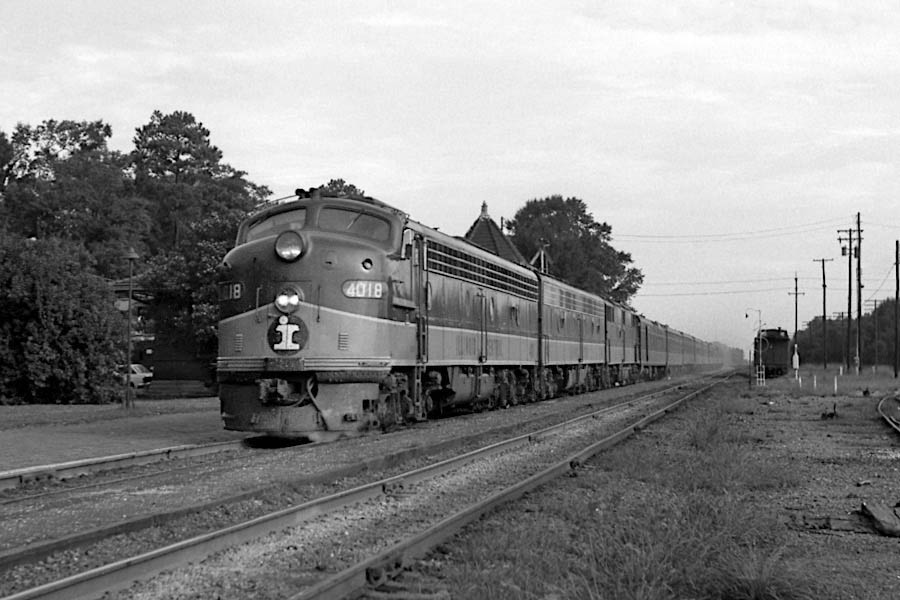
Hammond, La / Aug 1969 / JCH
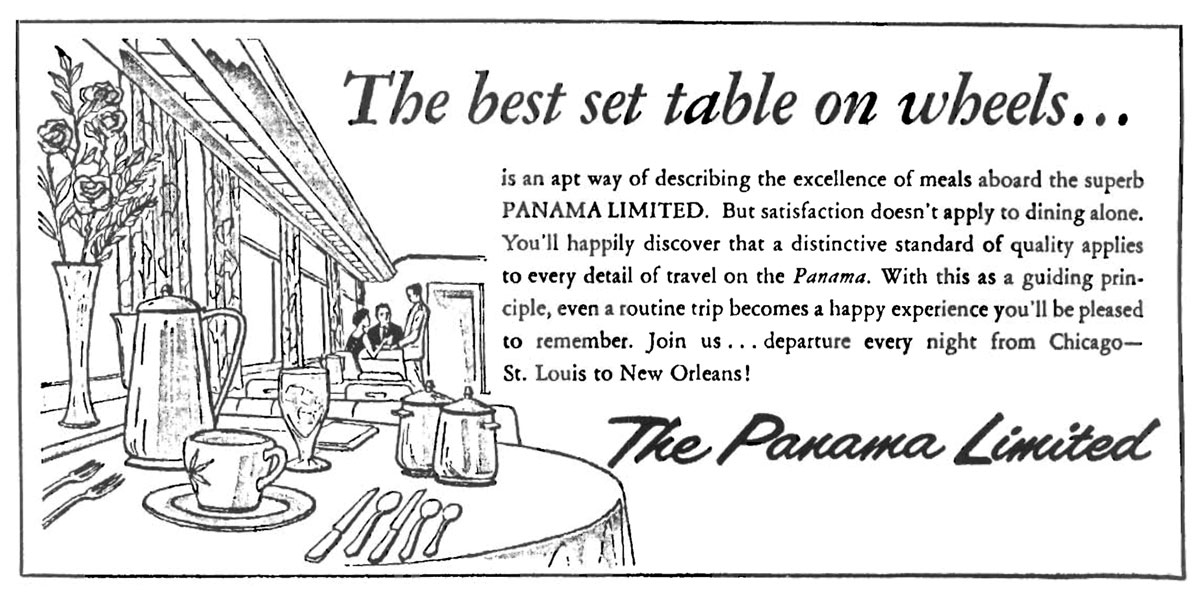
collection
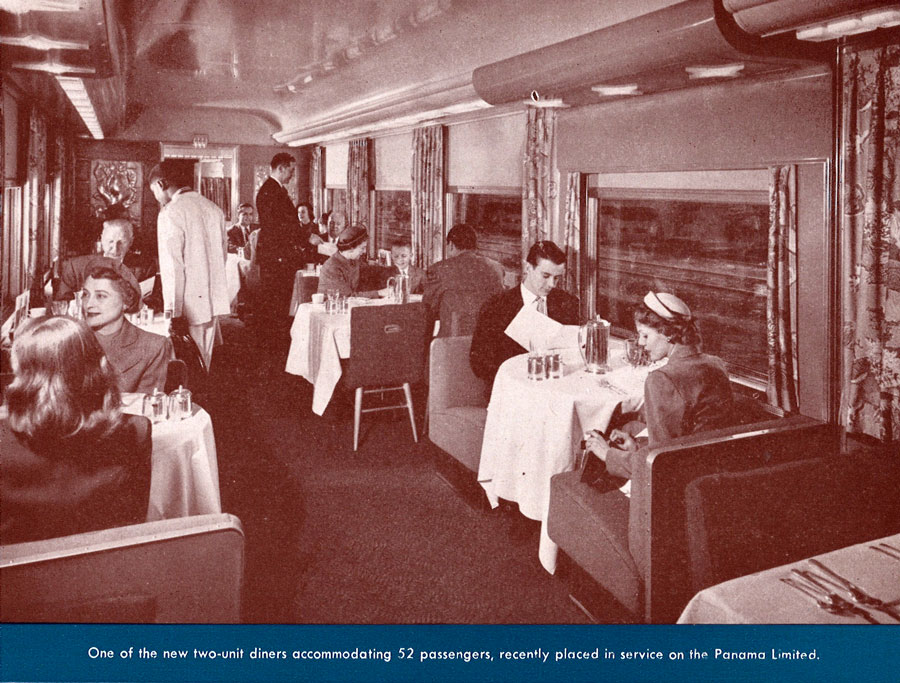
from 1951 Illinois Central Annual Report / collection
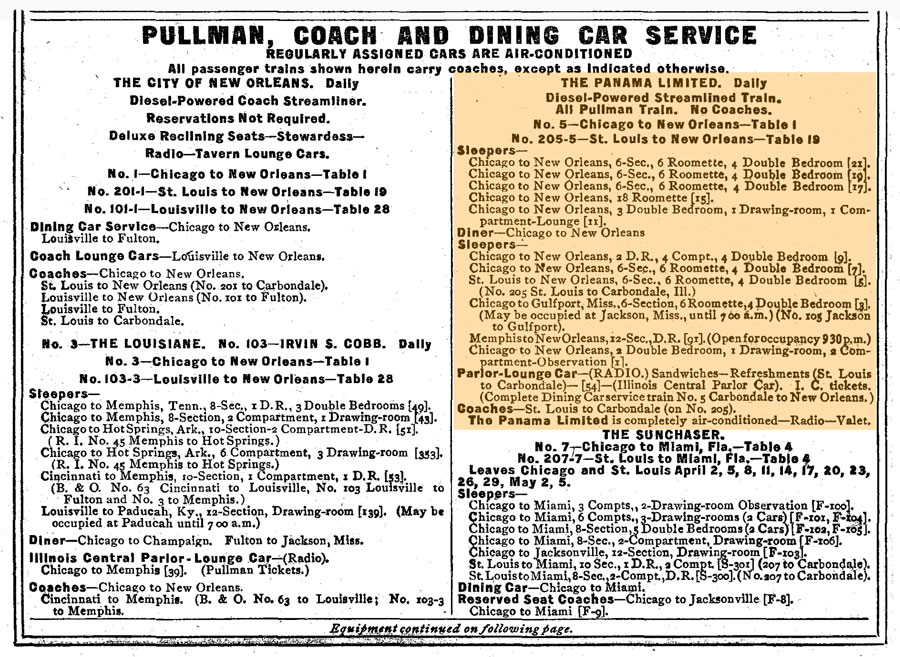
1948 Official Guide ad / collection
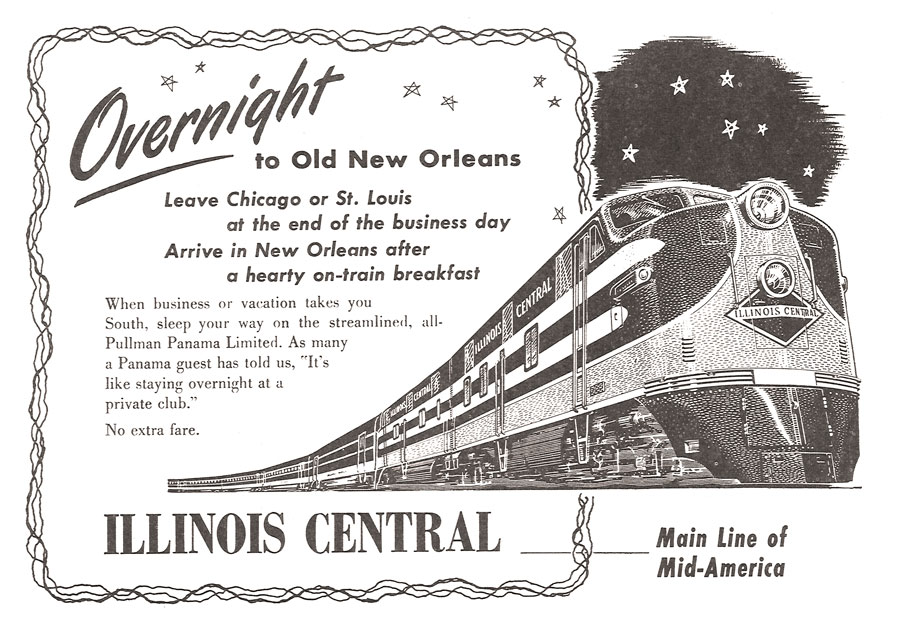
collection
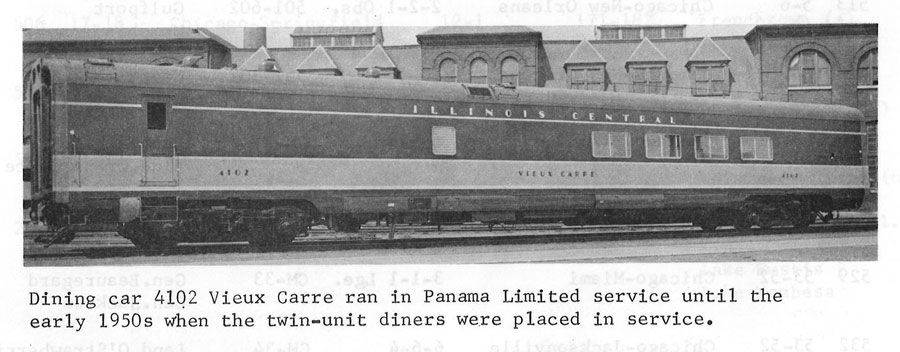
from Monarchs of Mid-America - Prototype Publishing / collection
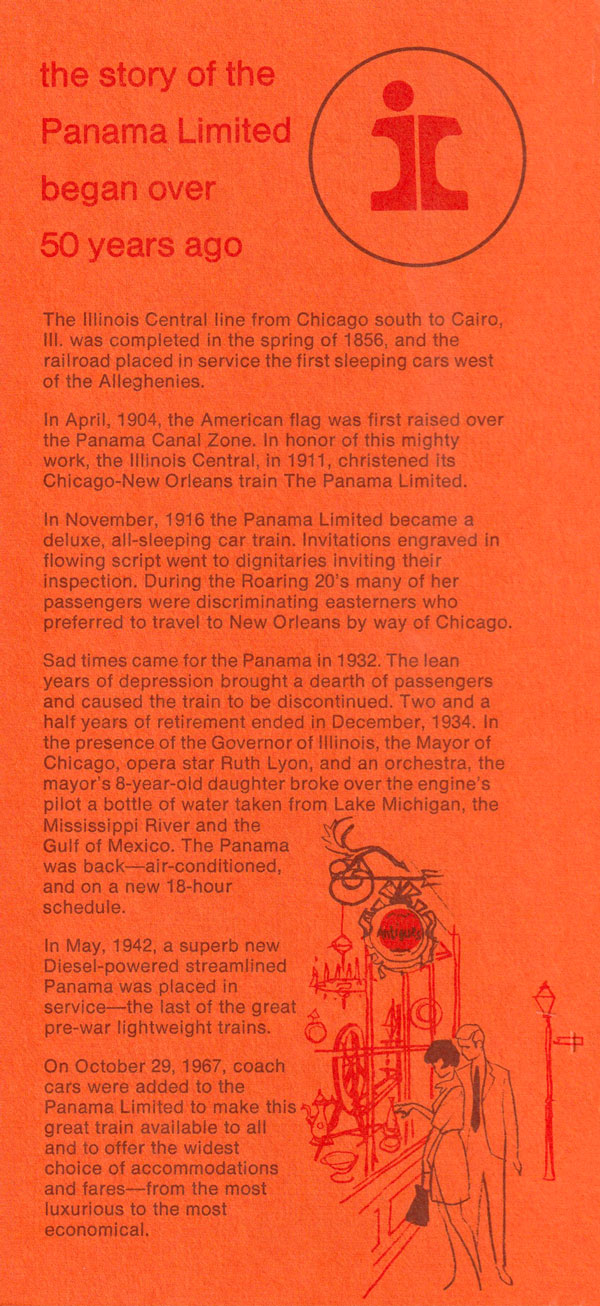
collection
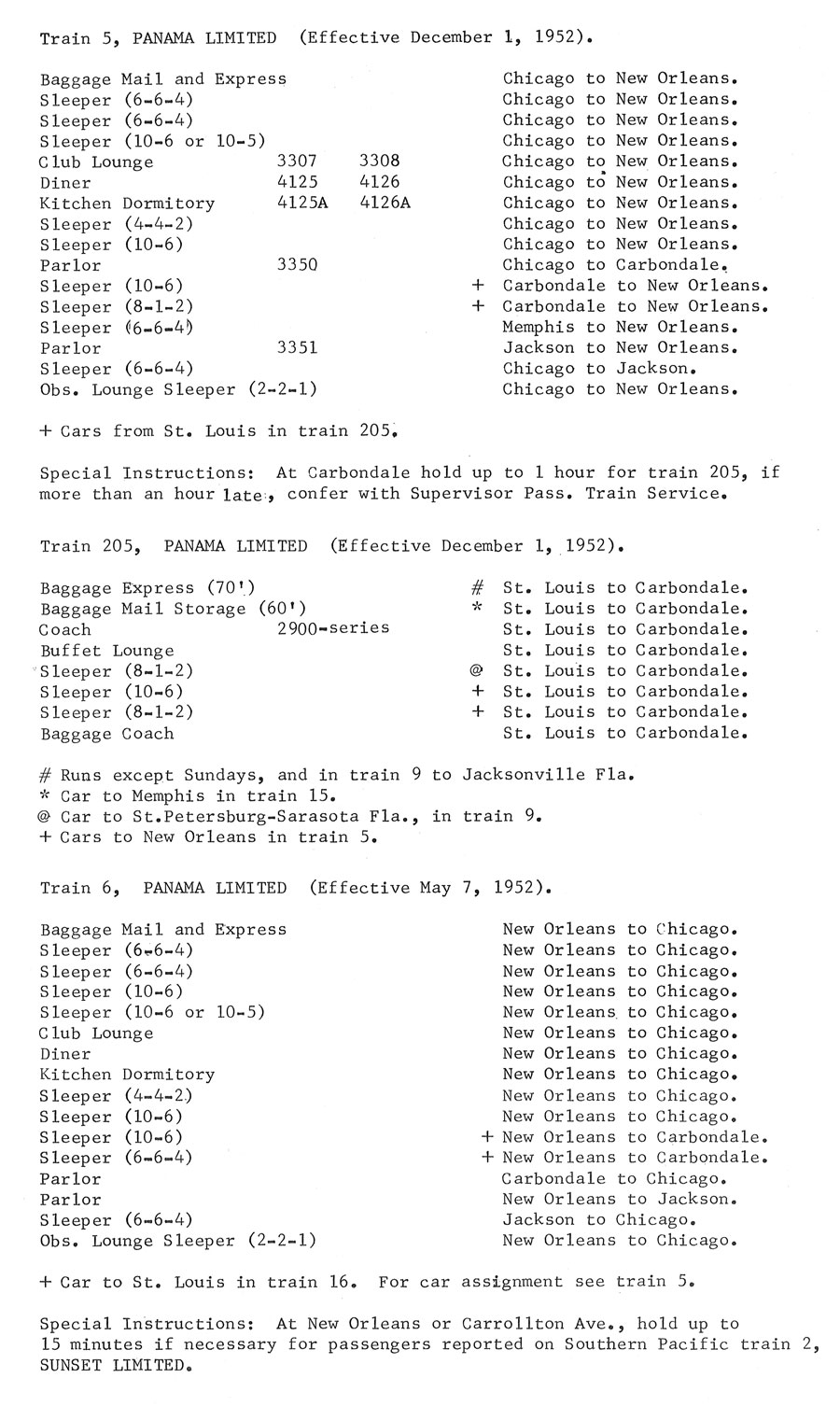
from Monarchs of Mid-America - Prototype Publishing / collection
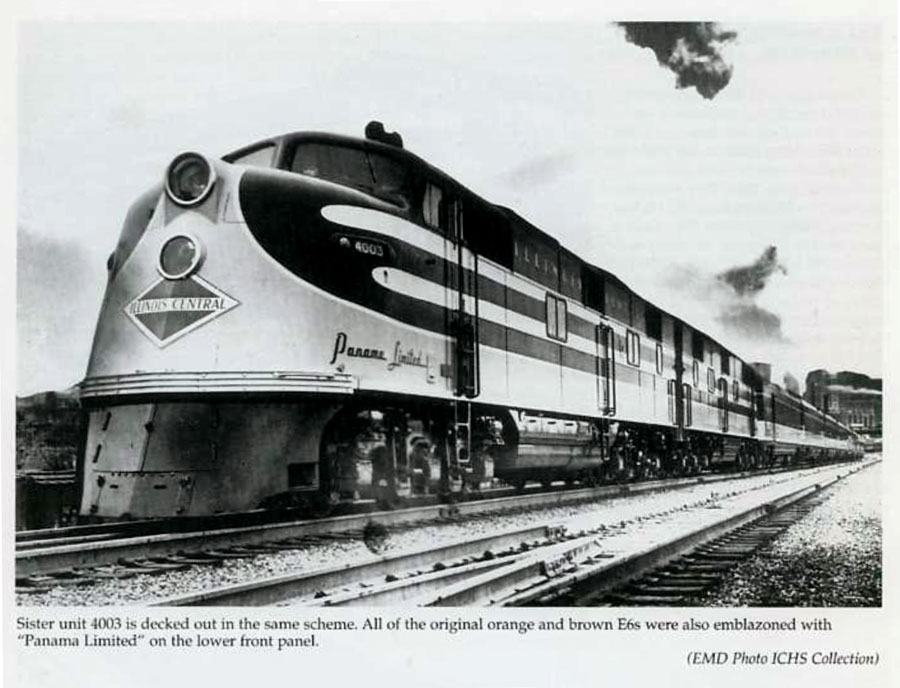
from Illinois Central Historical Society Green Diamond #51 / c ollection
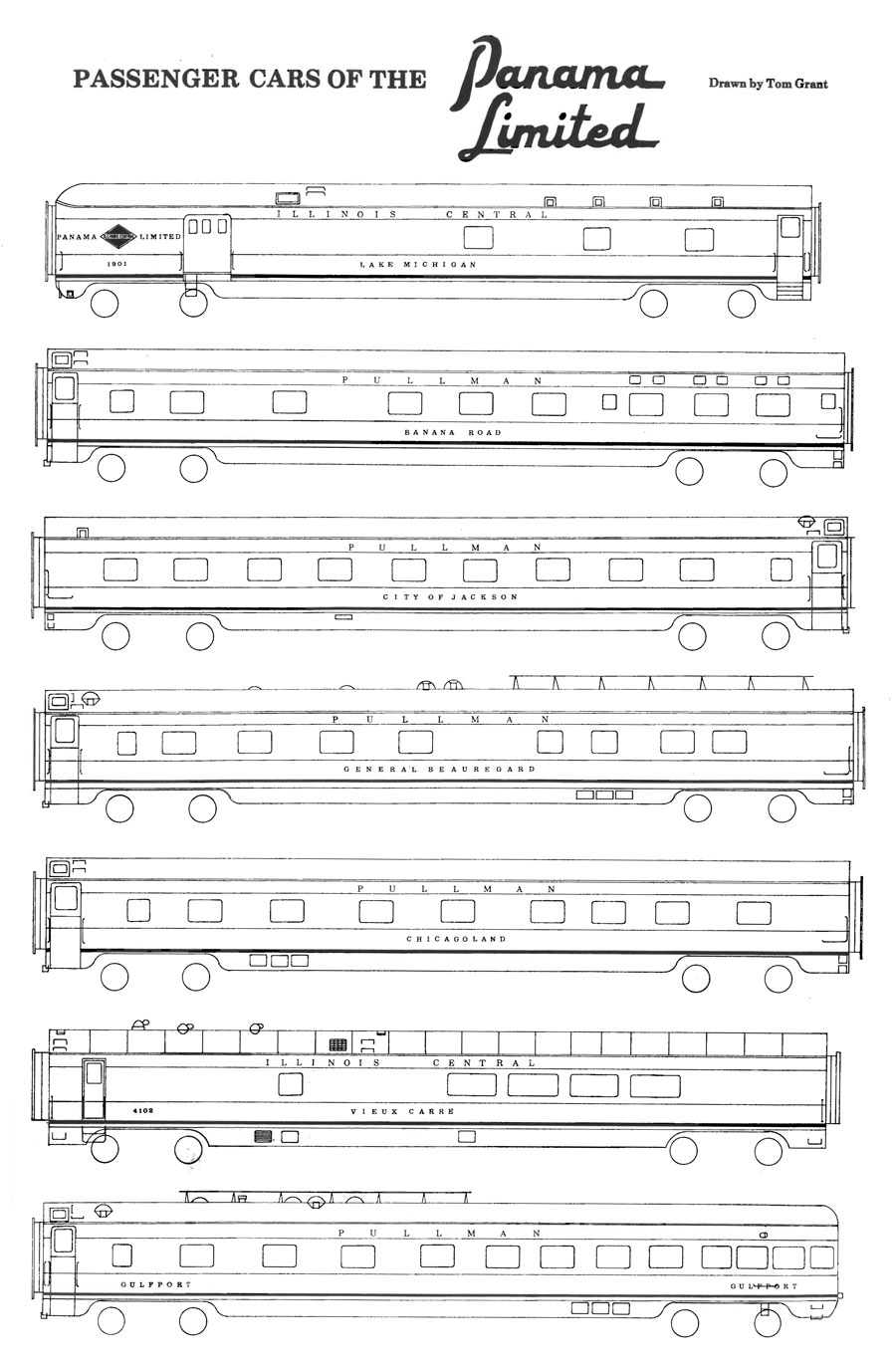
Tom Grant drawing / from Illinois Central Historical Society Green Diamond #7 / collection
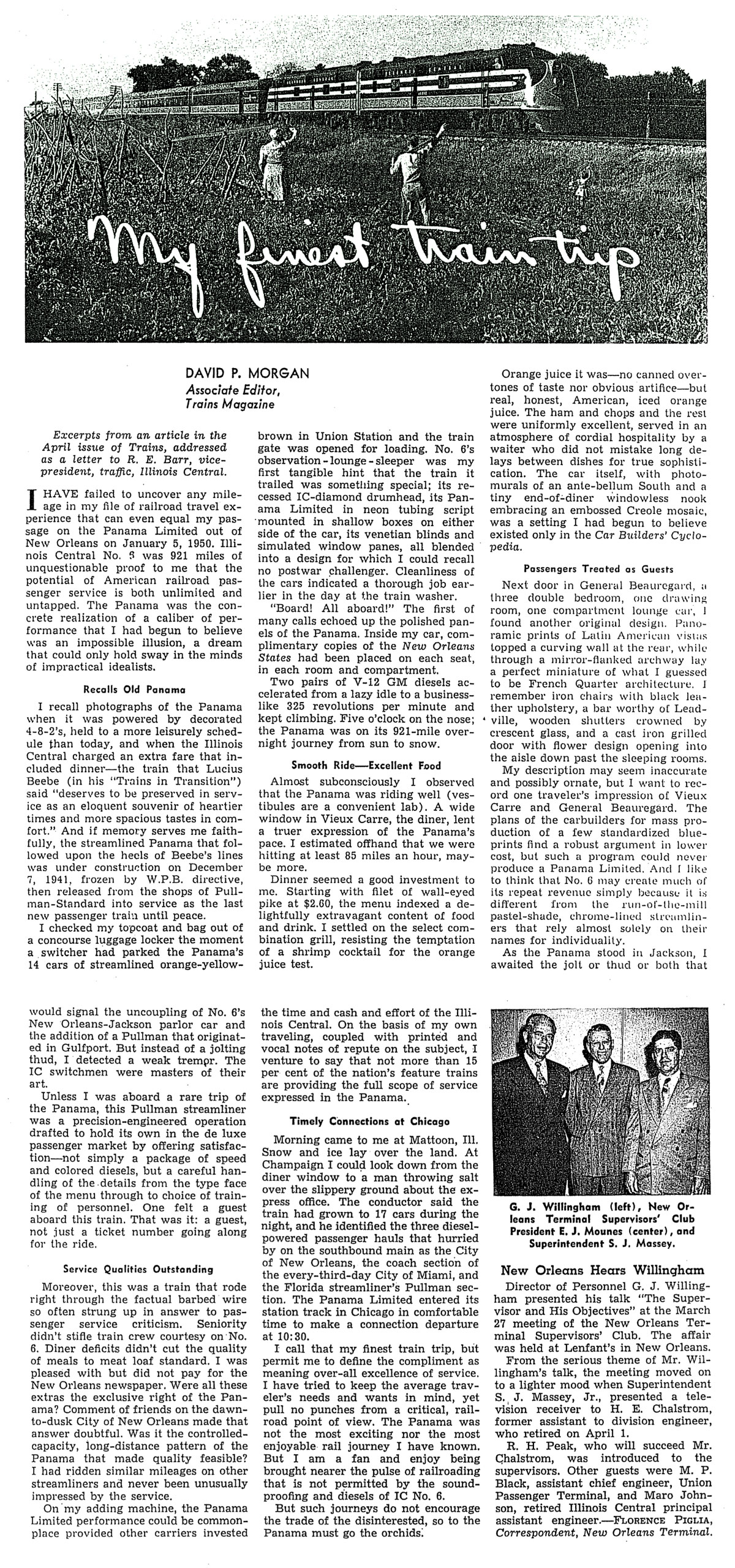
from Illinois Central Magazine - May 1950 / collection
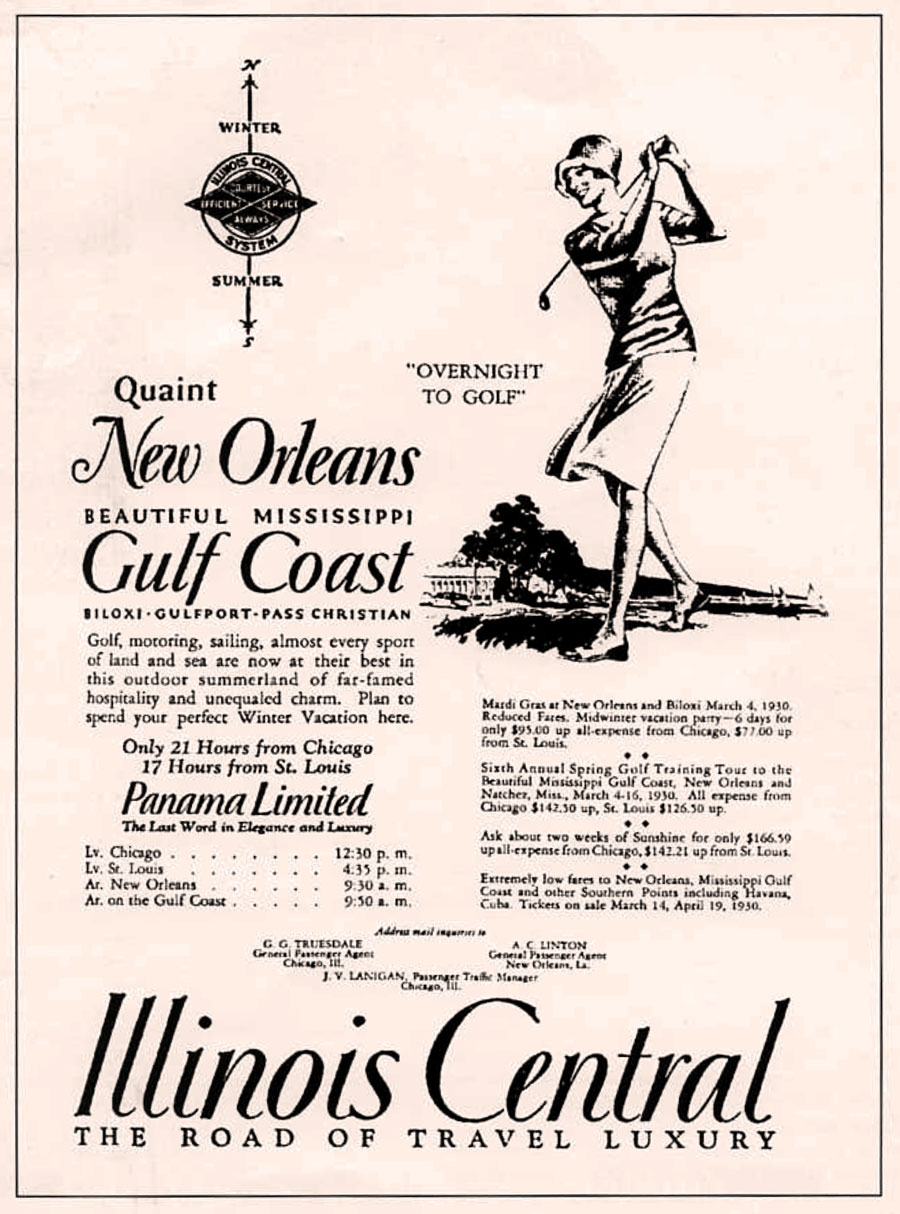
collection
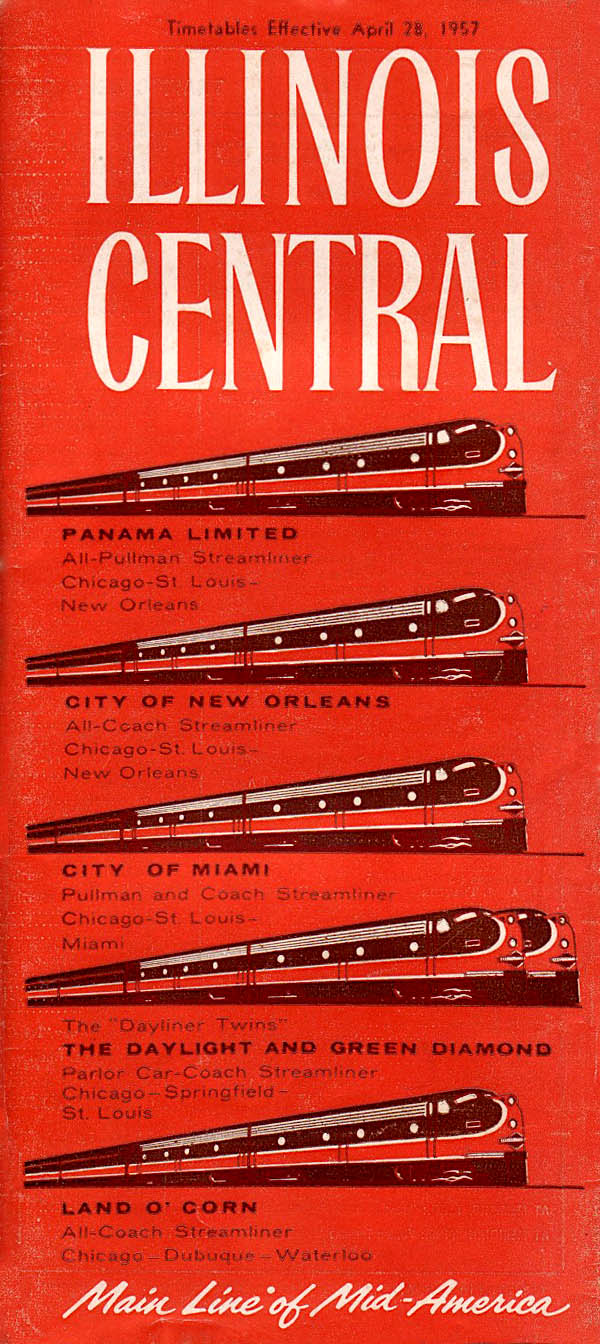
1957 timetable / collection
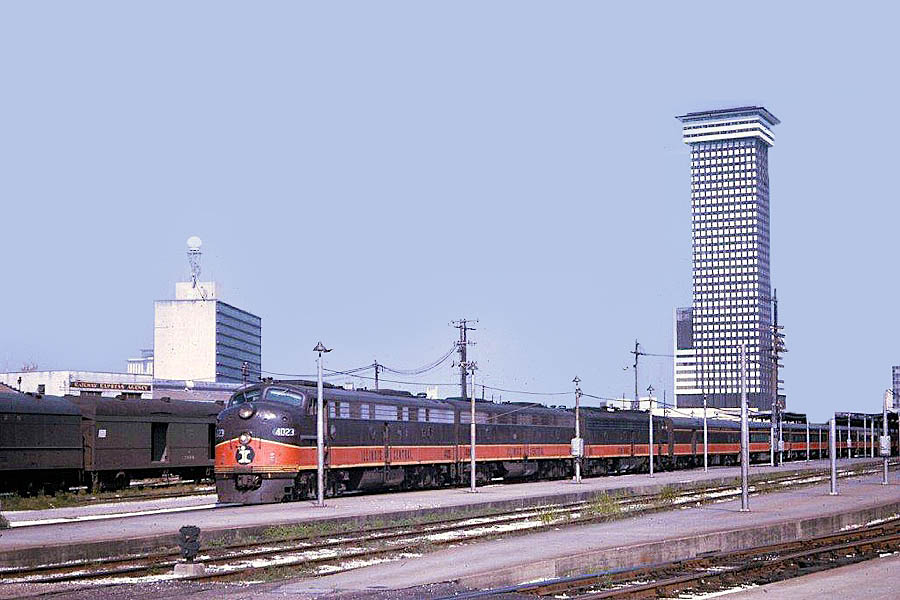
New Orleans, La / May 1970 / Michael Palmieri collection
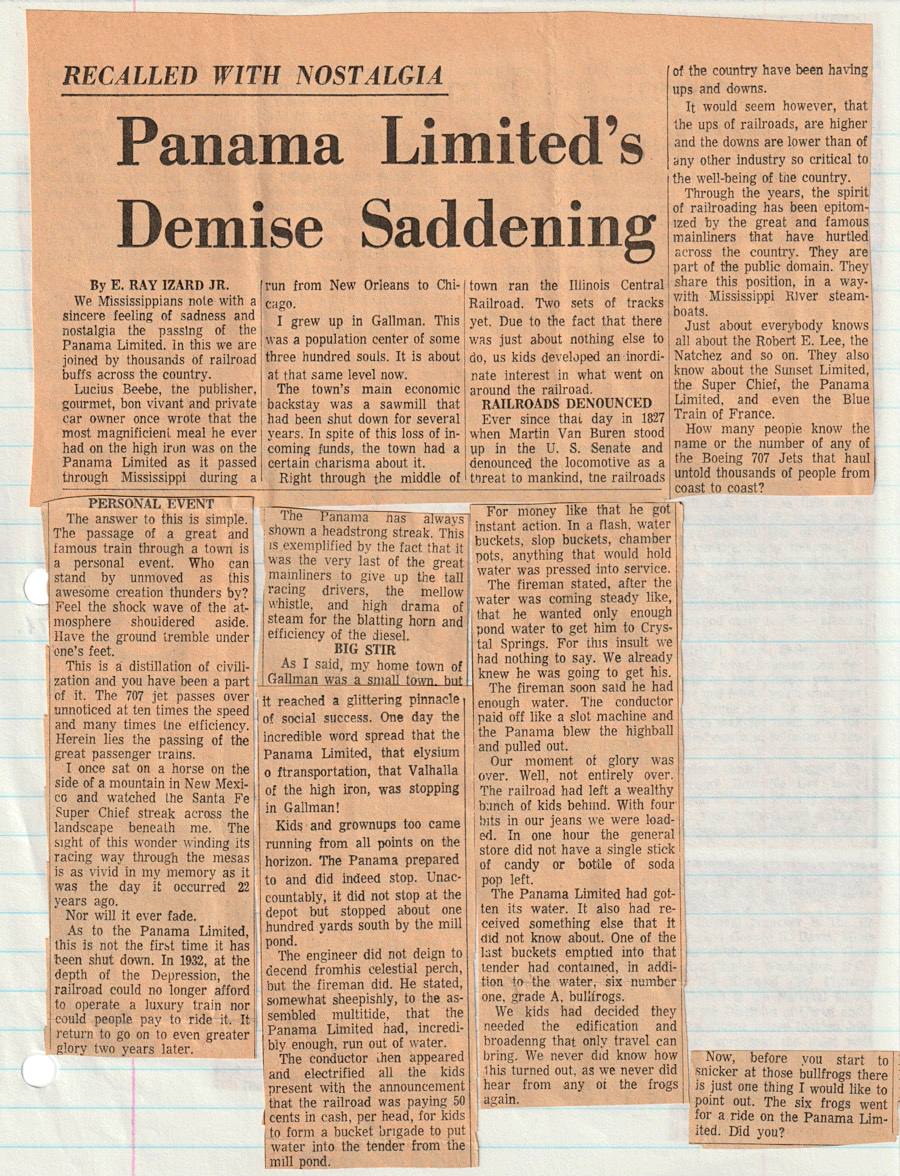
from Jackson Clarion-Ledger - Apr 1971 / collection
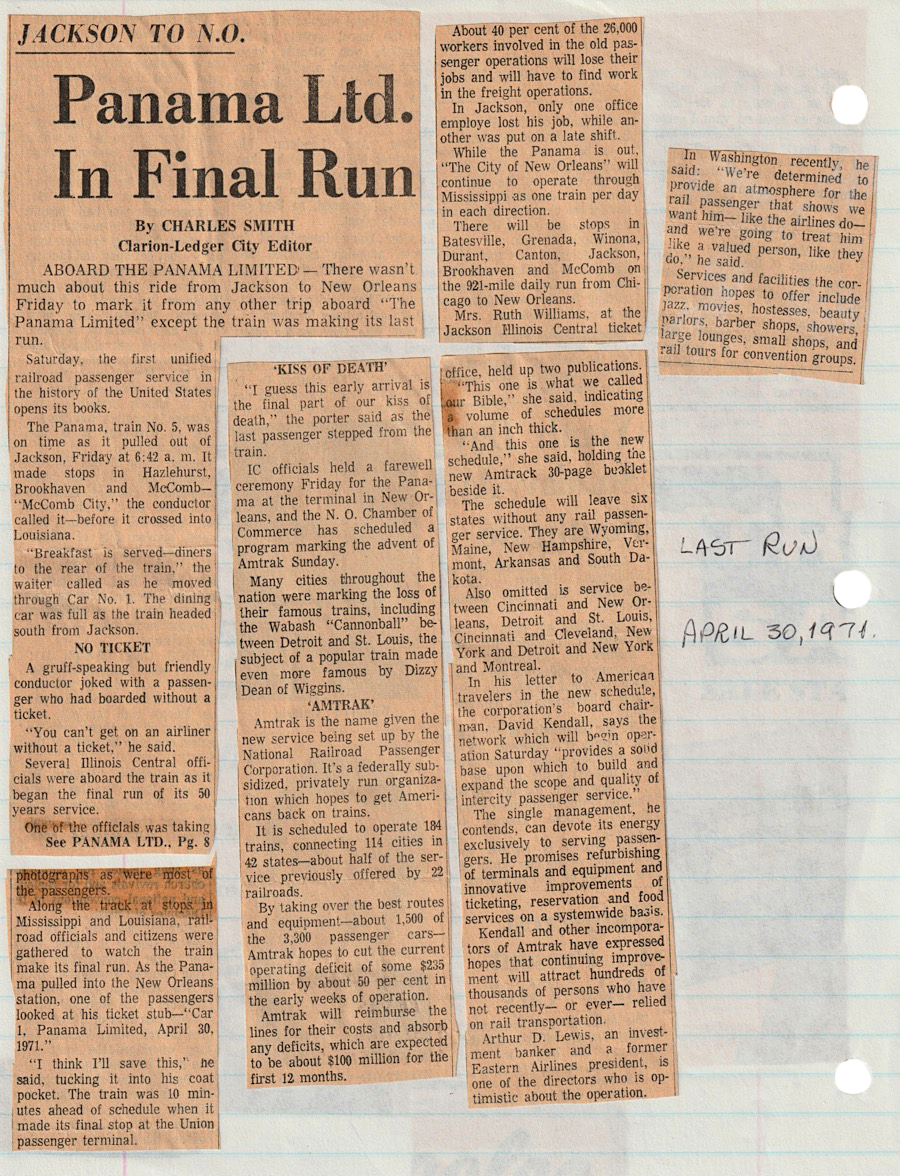
from Jackson Clarion-Ledger - Apr 1971 / collection
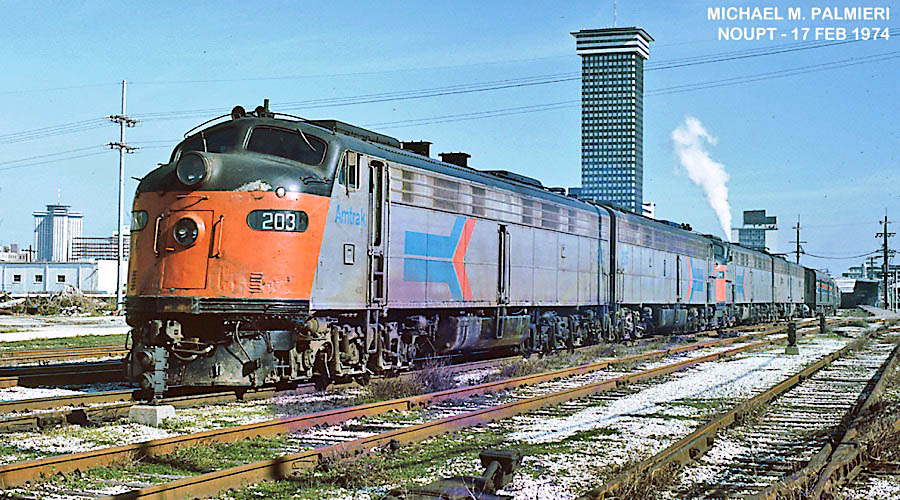
Amtrak's Panama Limited
New Orleans, La / Feb 1974 / collection
 City of New Orleans
City of New Orleans

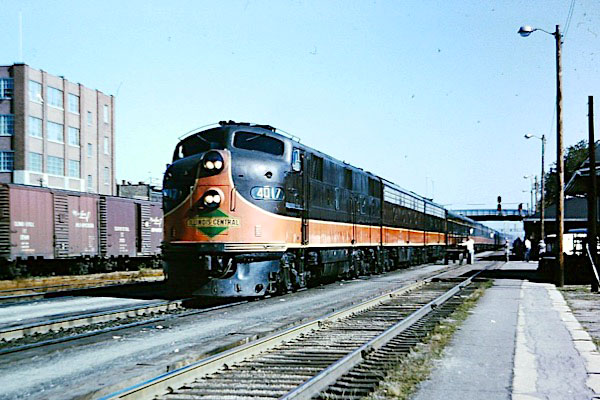
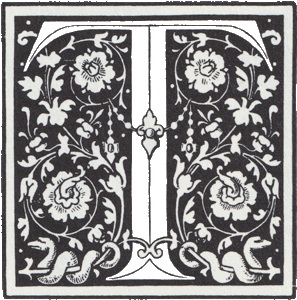 he Illinois Central Railroad introduced the original City of New Orleans on April 27, 1947. It was a daytime, all-coach companion to the overnight Panama Limited, which had been all-Pullman for most of its run. EMD E7 diesel locomotives pulled new lightweight Pullman Company coaches. The 921-mile route, which the City of New Orleans covered in 15 hours 55 minutes, was the longest daytime schedule in the United States. The City of New Orleans exchanged St. Louis—New Orleans through cars at Carbondale, Illinois and Louisville—New Orleans cars at Fulton, Kentucky. The average speed of the new train was nearly 60 mph with a maximum of 100 mph; a result of the largely flat route of the Illinois Central along the Mississippi River. By October 25, 1959, the timetable had lengthened to 16 hours 30 minutes. The train remained popular throughout the 1960s and gained ex-Missouri Pacific Railroad dome coaches in 1967.
he Illinois Central Railroad introduced the original City of New Orleans on April 27, 1947. It was a daytime, all-coach companion to the overnight Panama Limited, which had been all-Pullman for most of its run. EMD E7 diesel locomotives pulled new lightweight Pullman Company coaches. The 921-mile route, which the City of New Orleans covered in 15 hours 55 minutes, was the longest daytime schedule in the United States. The City of New Orleans exchanged St. Louis—New Orleans through cars at Carbondale, Illinois and Louisville—New Orleans cars at Fulton, Kentucky. The average speed of the new train was nearly 60 mph with a maximum of 100 mph; a result of the largely flat route of the Illinois Central along the Mississippi River. By October 25, 1959, the timetable had lengthened to 16 hours 30 minutes. The train remained popular throughout the 1960s and gained ex-Missouri Pacific Railroad dome coaches in 1967.
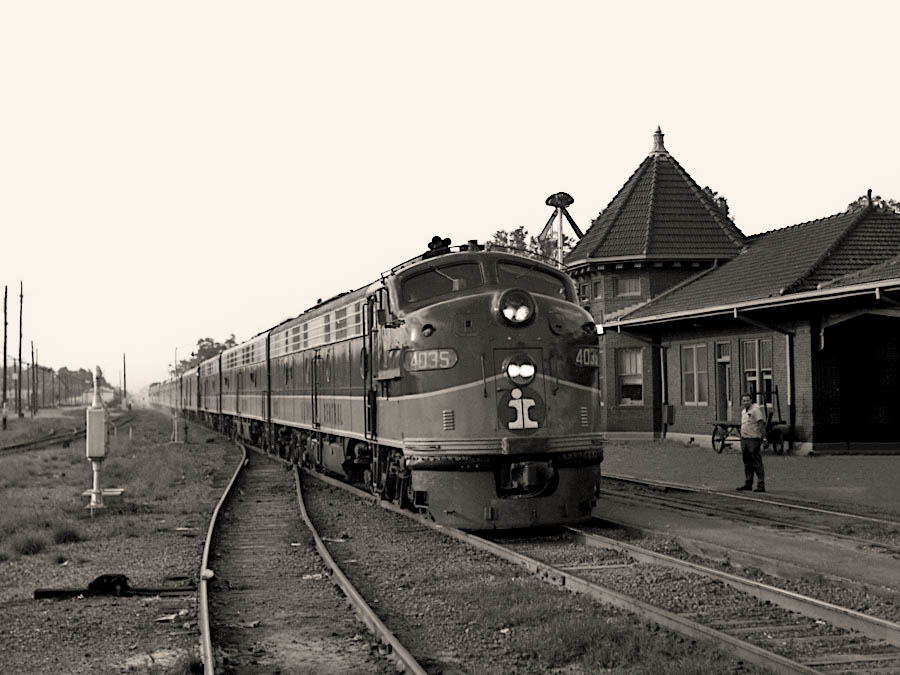
Hammond, La / Aug 1969 / JCH
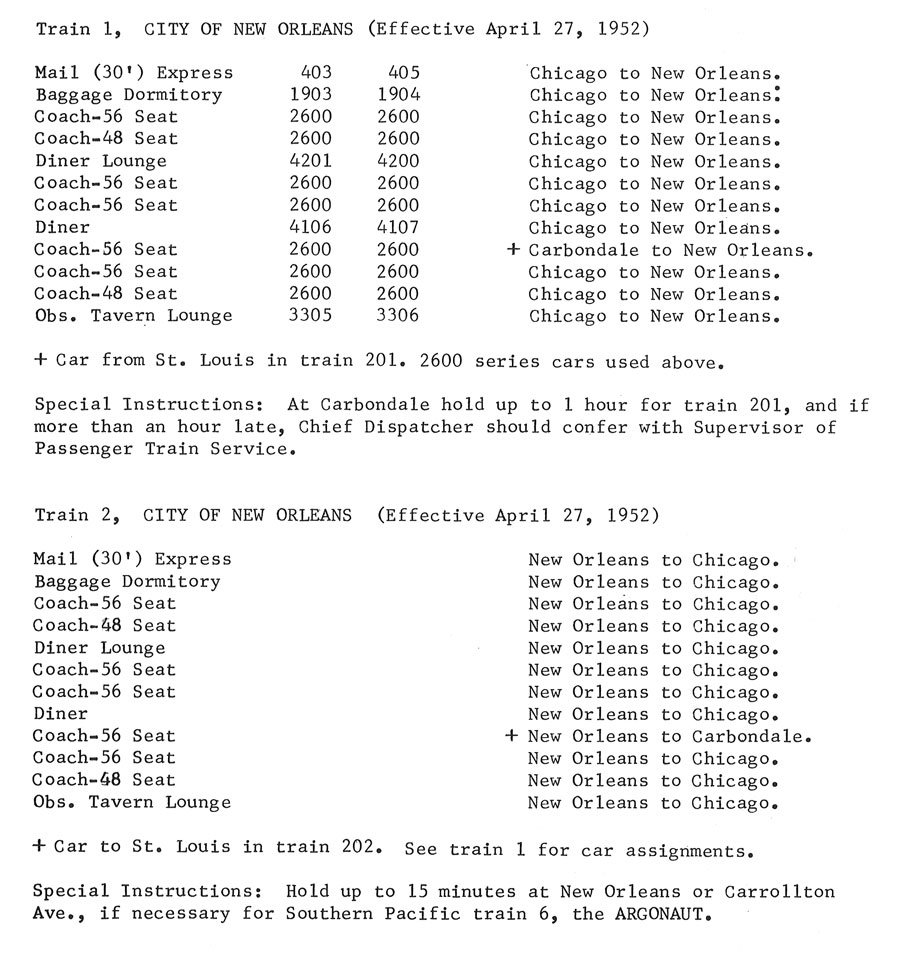
from Monarchs of Mid-America - Prototype Publishing / collection
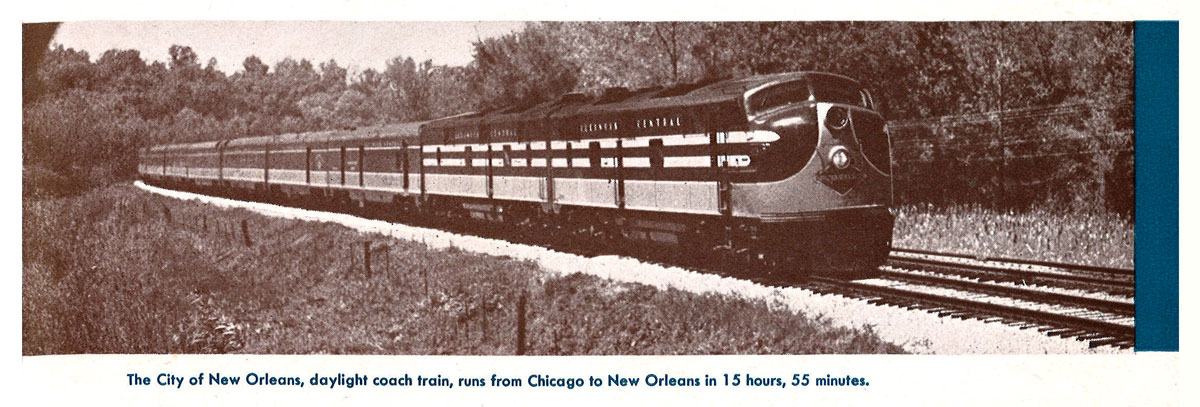
from 1951 Illinois Central Annual Report / collection
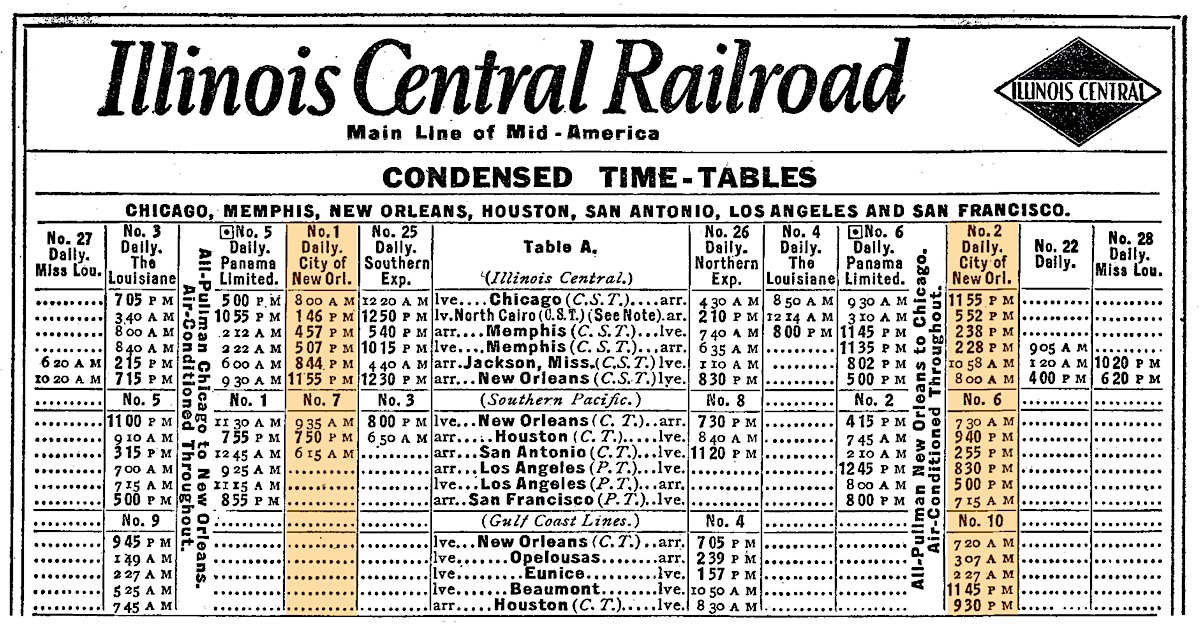
1948 Official Guide ad / collection
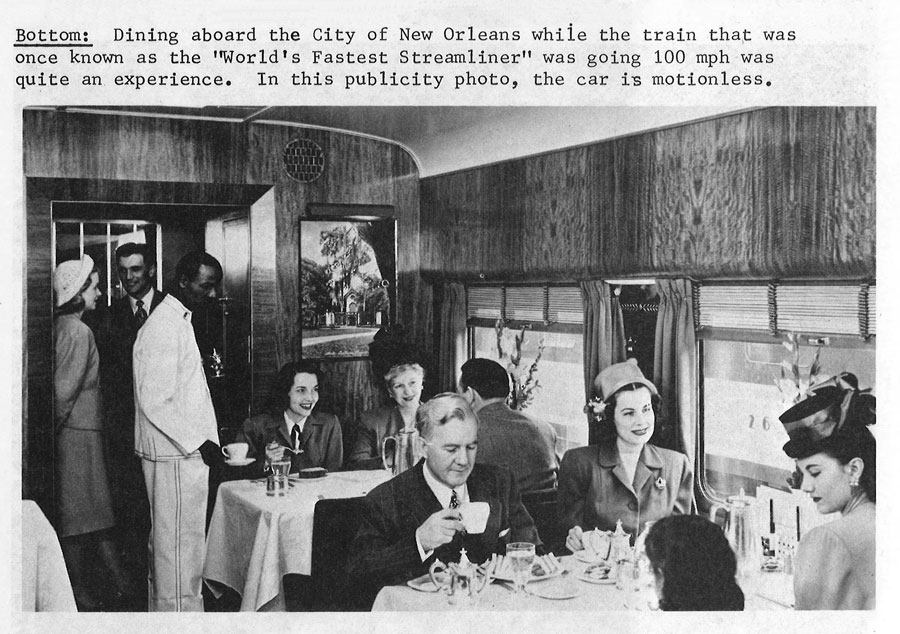
from Monarchs of Mid-America - Prototype Publishing / collection
 iding on the City of New Orleans
iding on the City of New Orleans
Illinois Central Monday morning rail
Fifteen cars and fifteen restless riders
Three conductors
and twenty-five sacks of mail
All along the southbound odyssey
The train pulls out at Kankakee
Rolls along past houses, farms and fields
Passin' towns that have no names
Freight yards full of old black men
And the graveyards of the rusted automobiles
Chorus
Good morning, America, how are you
Don't you know me, I'm your native son
I'm the train they call The City of New Orleans
I'll be gone five hundred miles
when the day is done
Dealin' cards with the old men in the club car
Penny a point, ain't no one keepin' score
Won't you pass the paper bag that holds the bottle
Feel the wheels rumblin' 'neath the floor
And the sons of pullman porters
And the sons of engineers
Ride their father's magic carpet made of steam
Mothers with their babes asleep
Are rockin' to the gentle beat
And the rhythm of the rails is all they dream
Chorus
Night time on The City of New Orleans
Changing cars in Memphis, Tennessee
Half way home, and we'll be there by morning
Through the Mississippi darkness
Rolling down to the sea
And all the towns and people seem
To fade into a bad dream
And the steel rails still ain't heard the news
The conductor sings his song again
The passengers will please refrain
This train's got the disappearing railroad blues
Final Chorus
Good night, America, how are you
Don't you know me, I'm your native son
I'm the train they call The City of New Orleans
I'll be gone five hundred miles
when the day is done
Repeat First Chorus
Good morning, America, how are you
Don't you know me, I'm your native son
I'm the train they call The City of New Orleans
I'll be gone five hundred miles
when the day is done
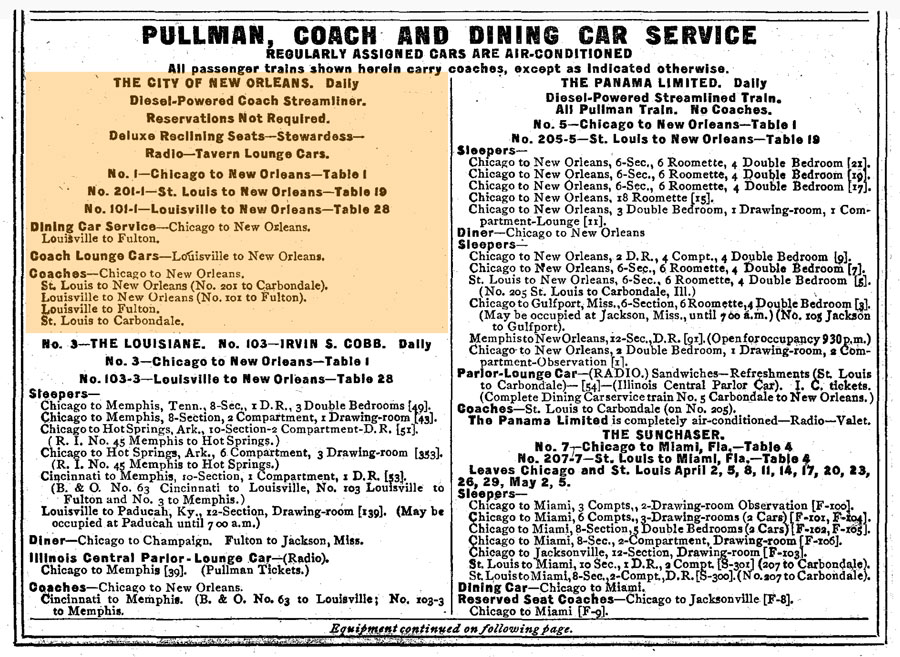
1948 Official Guide ad / collection
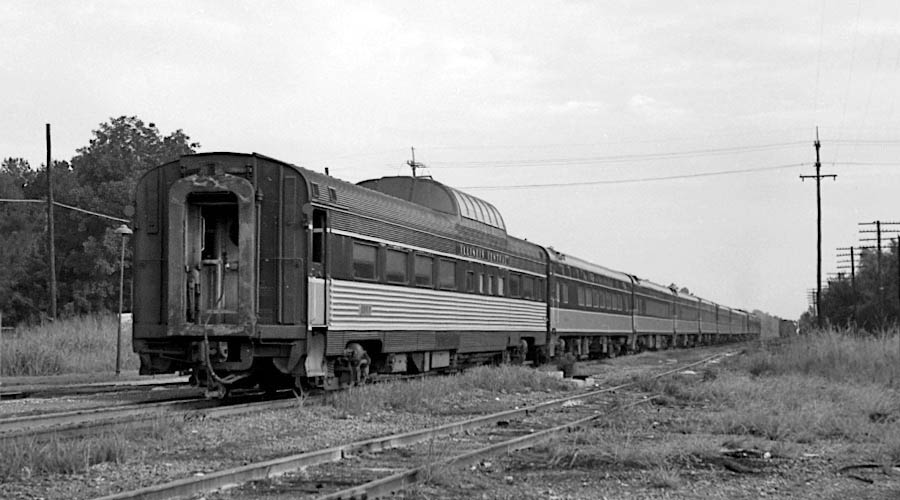
Hammond, La / Aug 1969 / JCH
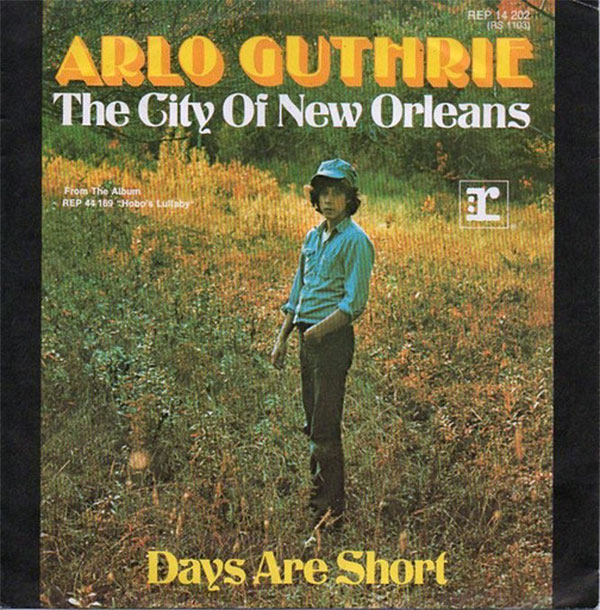 "City of New Orleans" is a country folk song written by Steve Goodman (and first recorded for Goodman's self-titled 1971 album), describing a train ride from Chicago to New Orleans on the Illinois Central Railroad's City of New Orleans in bittersweet and nostalgic terms.
Goodman got the idea while traveling on the Illinois Central line for a visit to his wife's family. The song has been recorded by numerous artists both in the US and Europe, including two major hit versions: first by Arlo Guthrie in 1972, and later by Willie Nelson in 1984.
"City of New Orleans" is a country folk song written by Steve Goodman (and first recorded for Goodman's self-titled 1971 album), describing a train ride from Chicago to New Orleans on the Illinois Central Railroad's City of New Orleans in bittersweet and nostalgic terms.
Goodman got the idea while traveling on the Illinois Central line for a visit to his wife's family. The song has been recorded by numerous artists both in the US and Europe, including two major hit versions: first by Arlo Guthrie in 1972, and later by Willie Nelson in 1984.
While at the Quiet Knight bar in Chicago, Goodman saw Arlo Guthrie, and asked to be allowed to play a song for him. Guthrie grudgingly agreed, on the condition that if Goodman bought him a beer, Guthrie would listen to him play for as long as it took to drink the beer. Goodman played "City of New Orleans", which Guthrie liked enough that he asked to record it. The song was a hit for Guthrie on his 1972 album "Hobo's Lullaby," reaching #4 on the Billboard Easy Listening chart and #18 on the Hot 100 chart; it would prove to be Guthrie's only top-40 hit and one of only two he would have on the Hot 100. In New Zealand, "City of New Orleans" spent two weeks at number one, charting throughout the winter of 1973.
 Clippings
Clippings
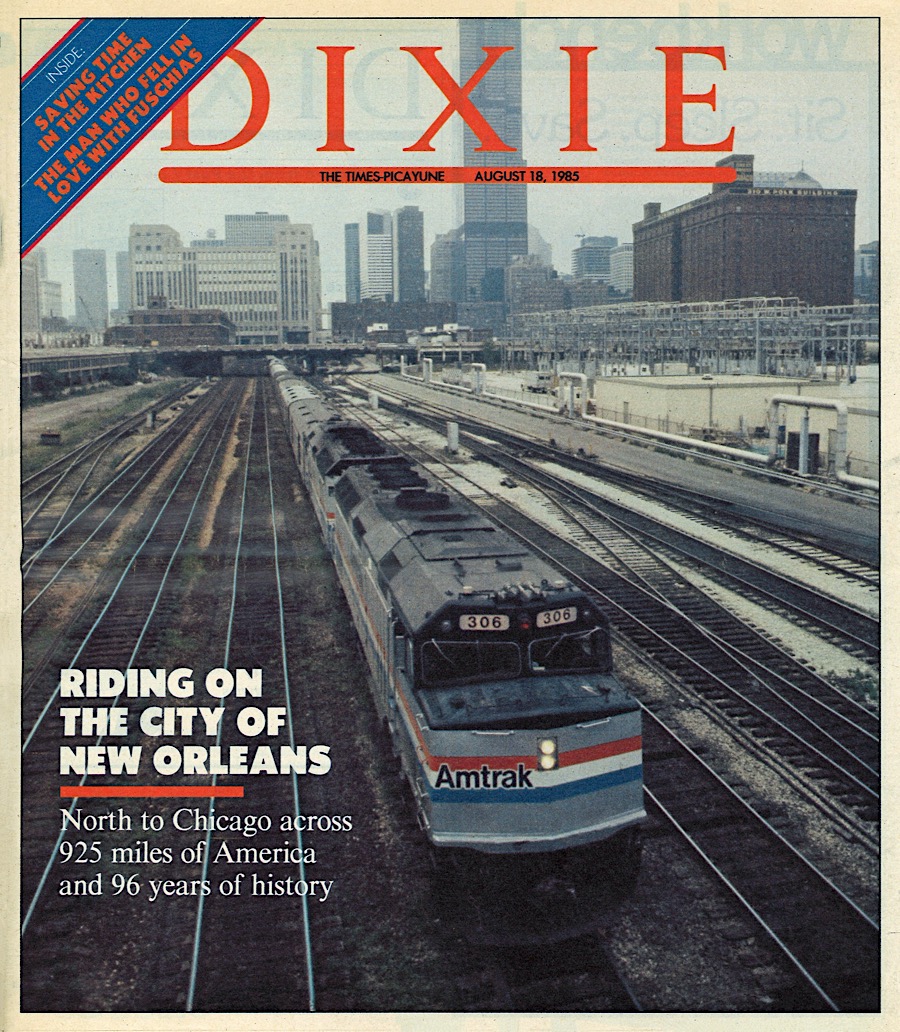
from The Times-Picayune newspaper DIXIE insert - Aug 1985 / collection
